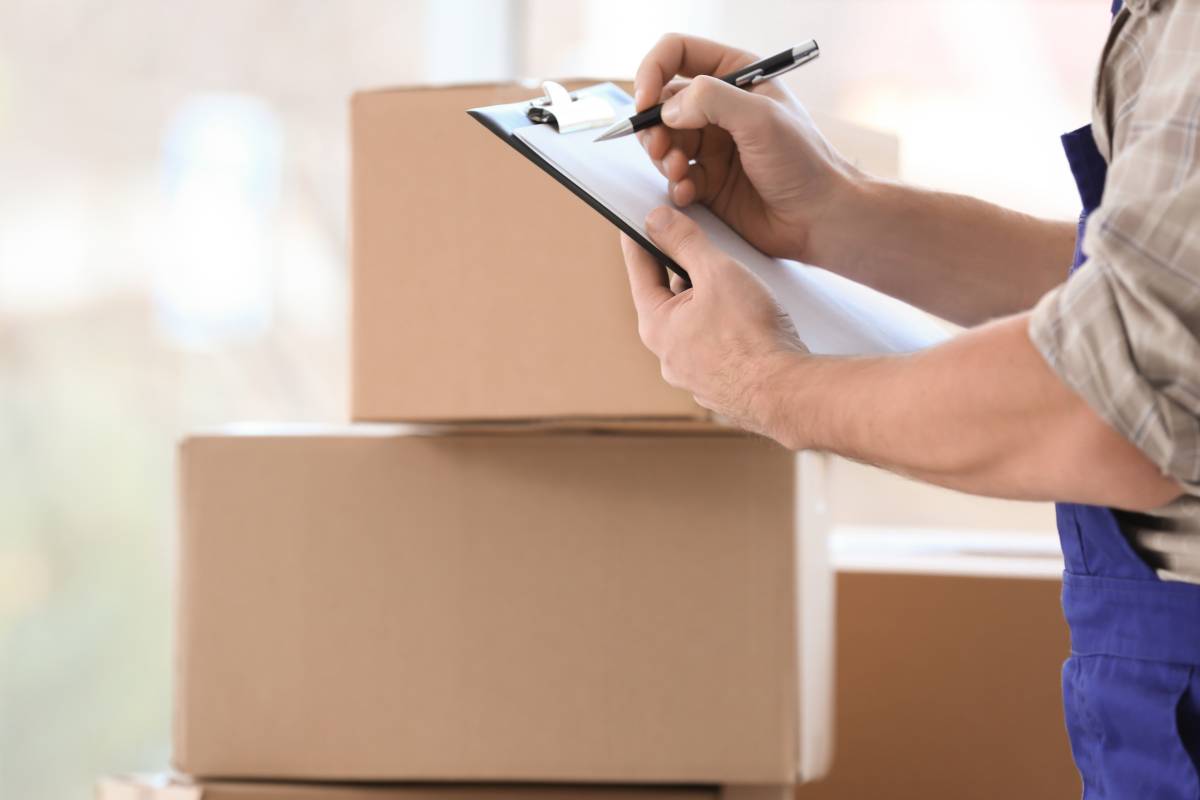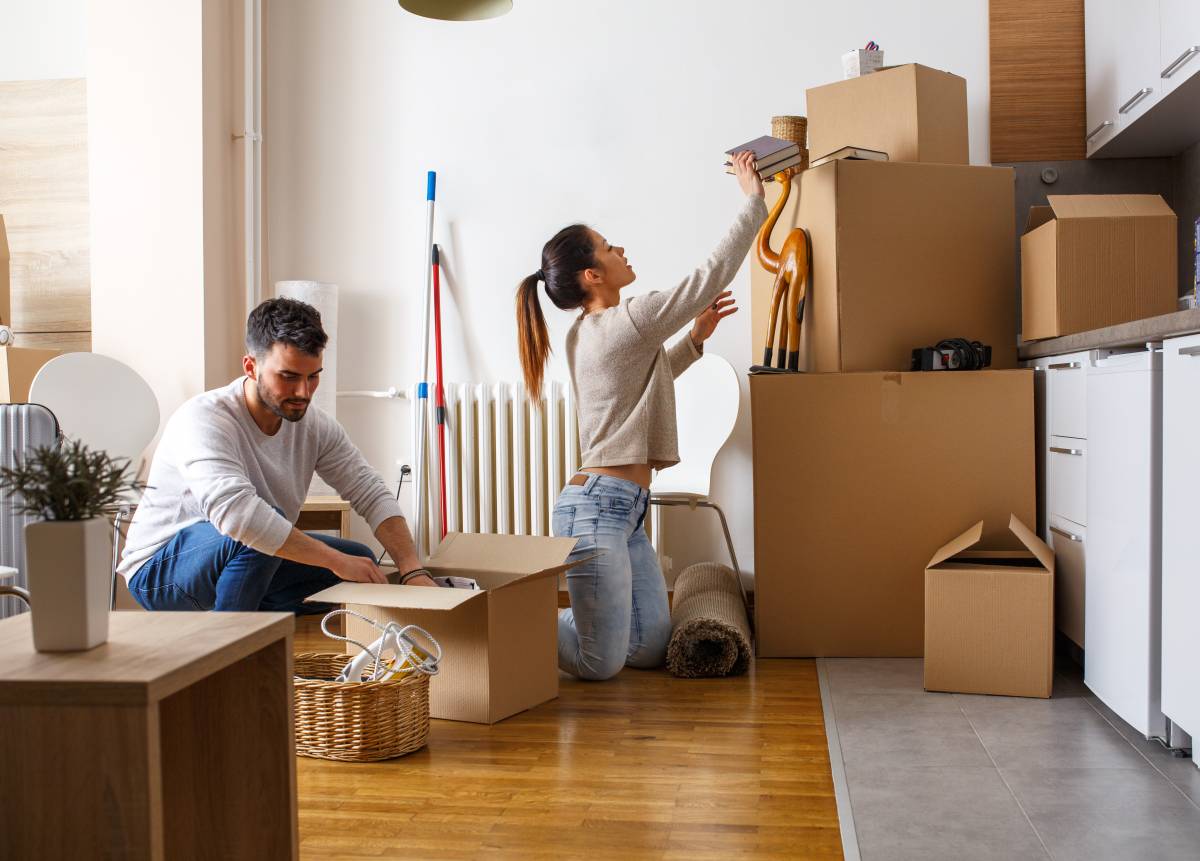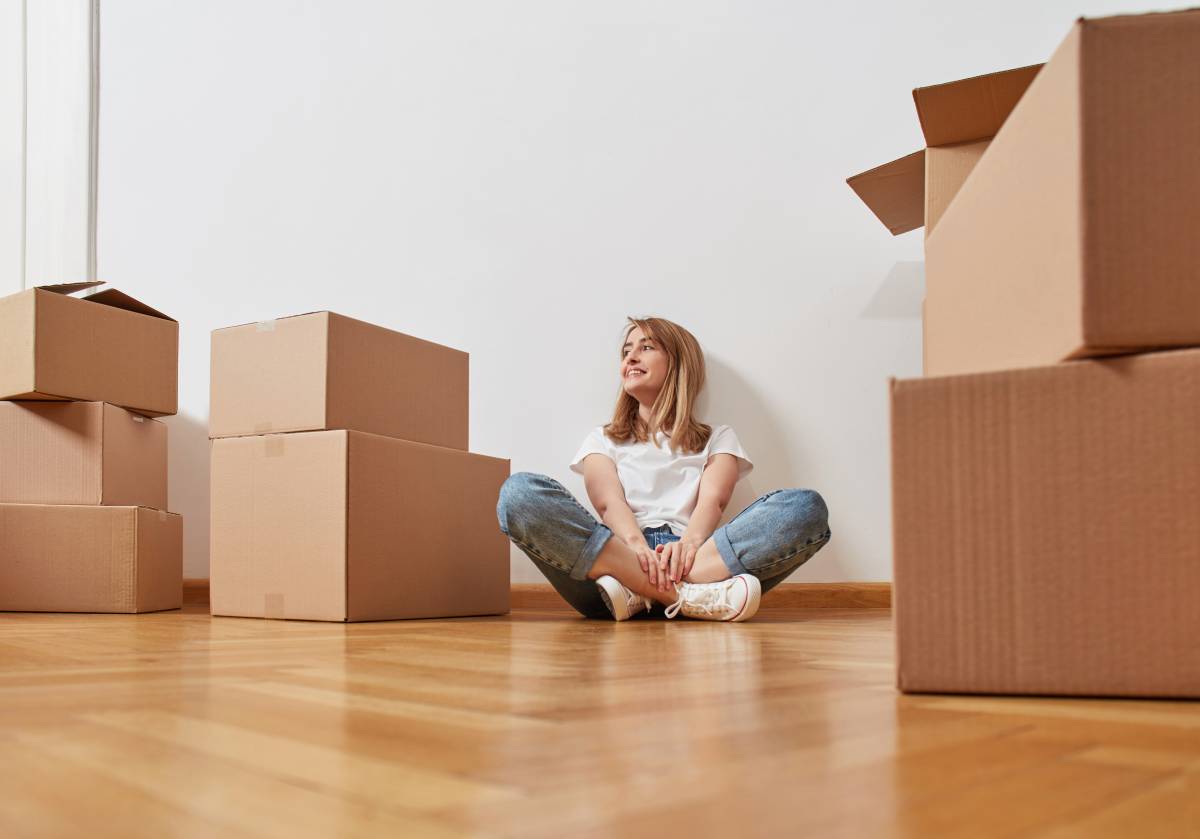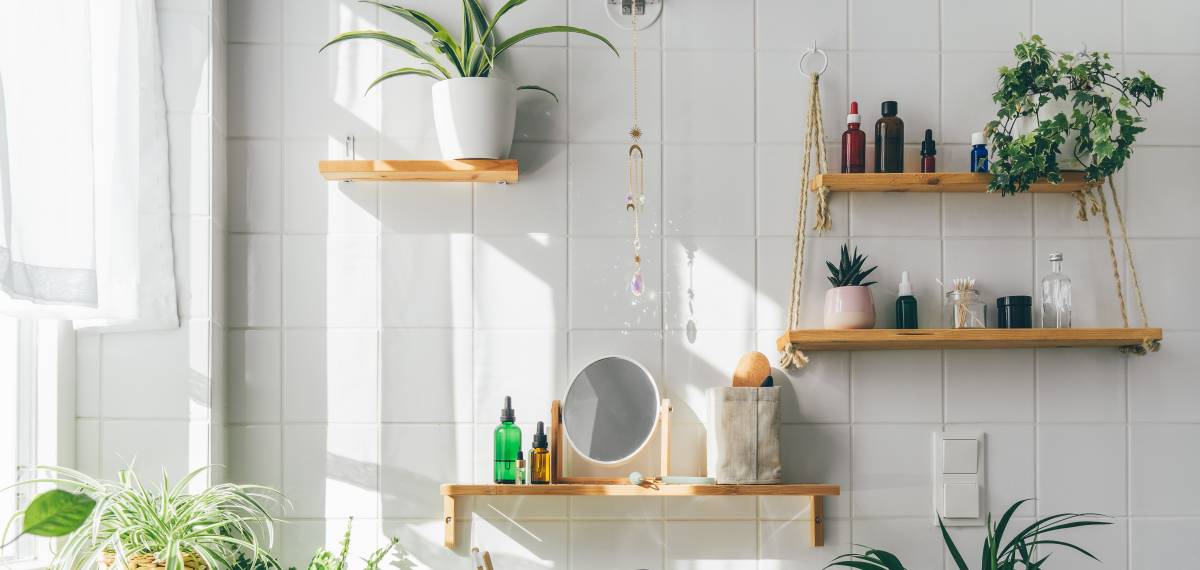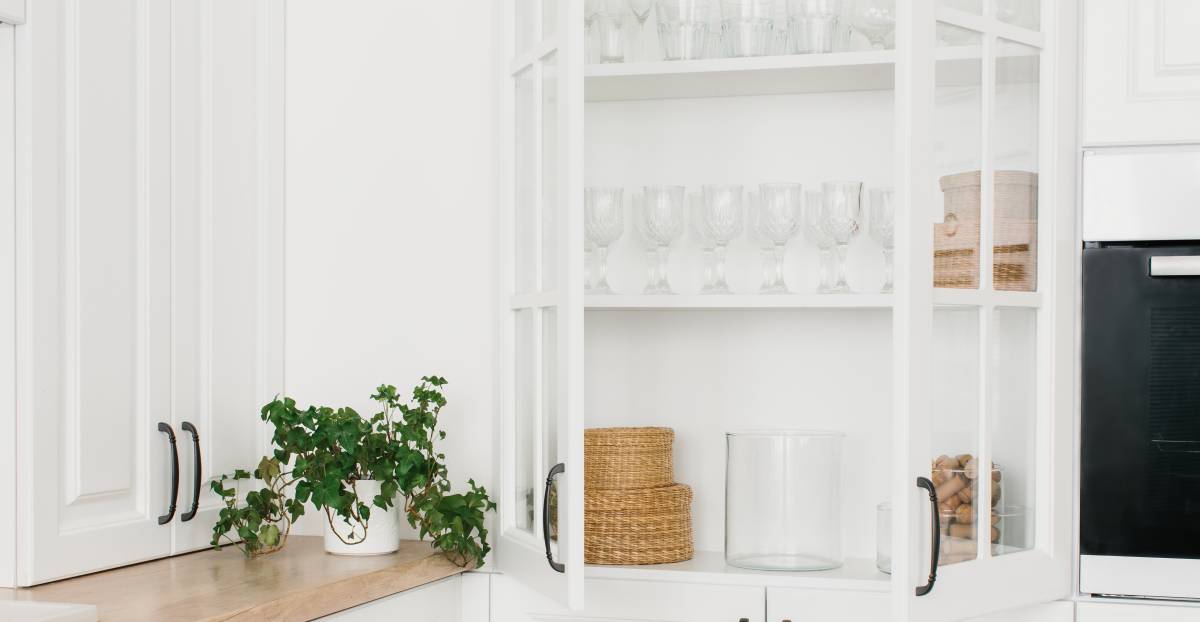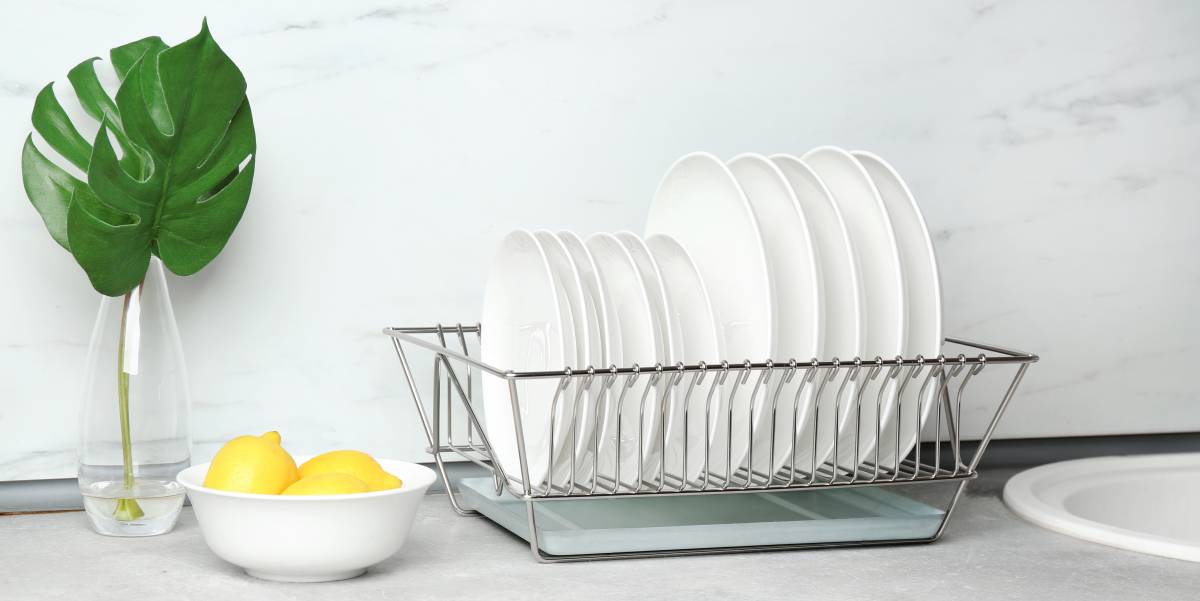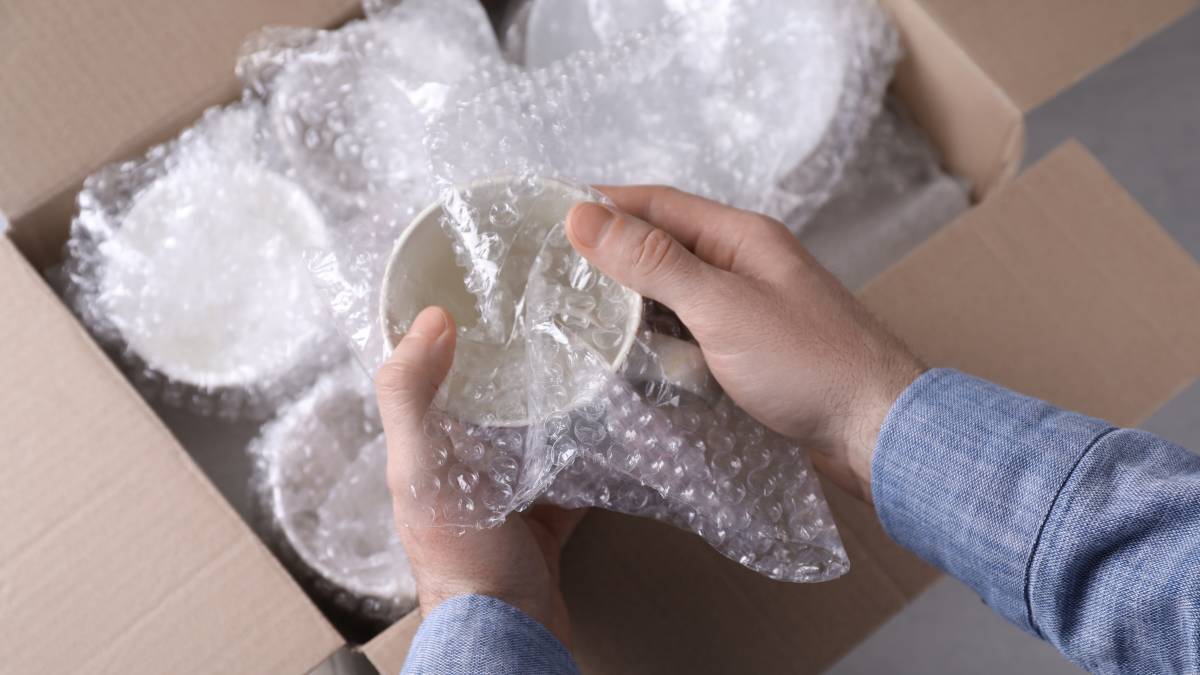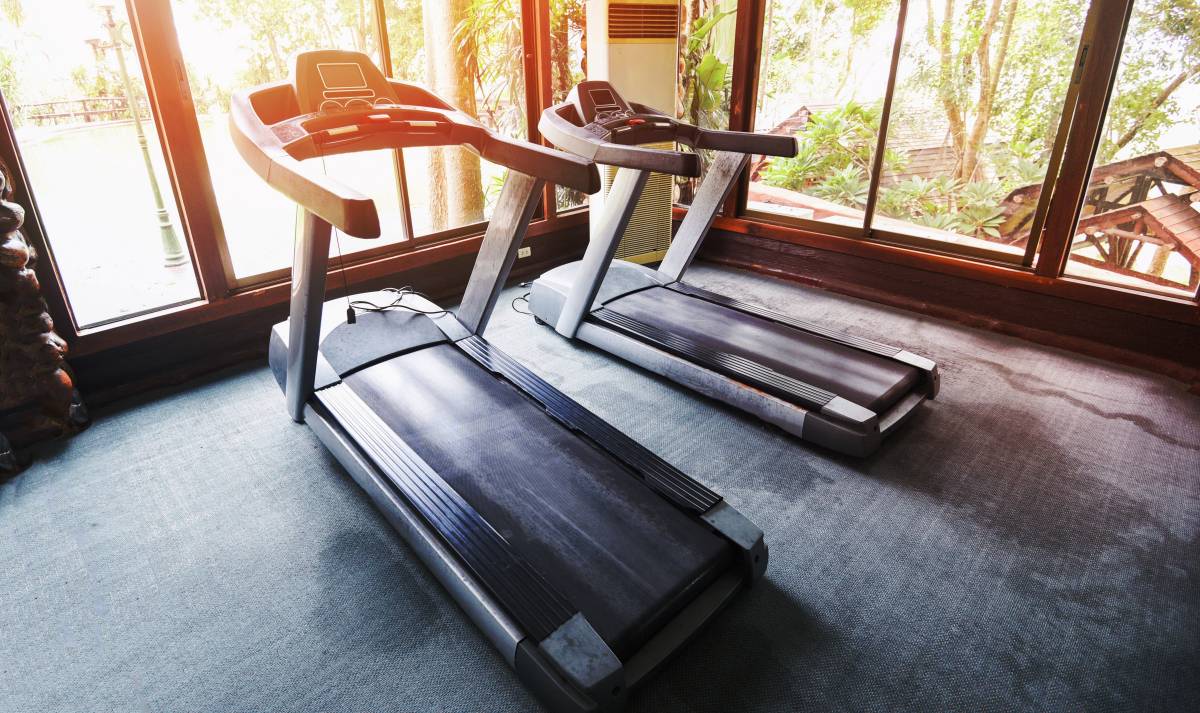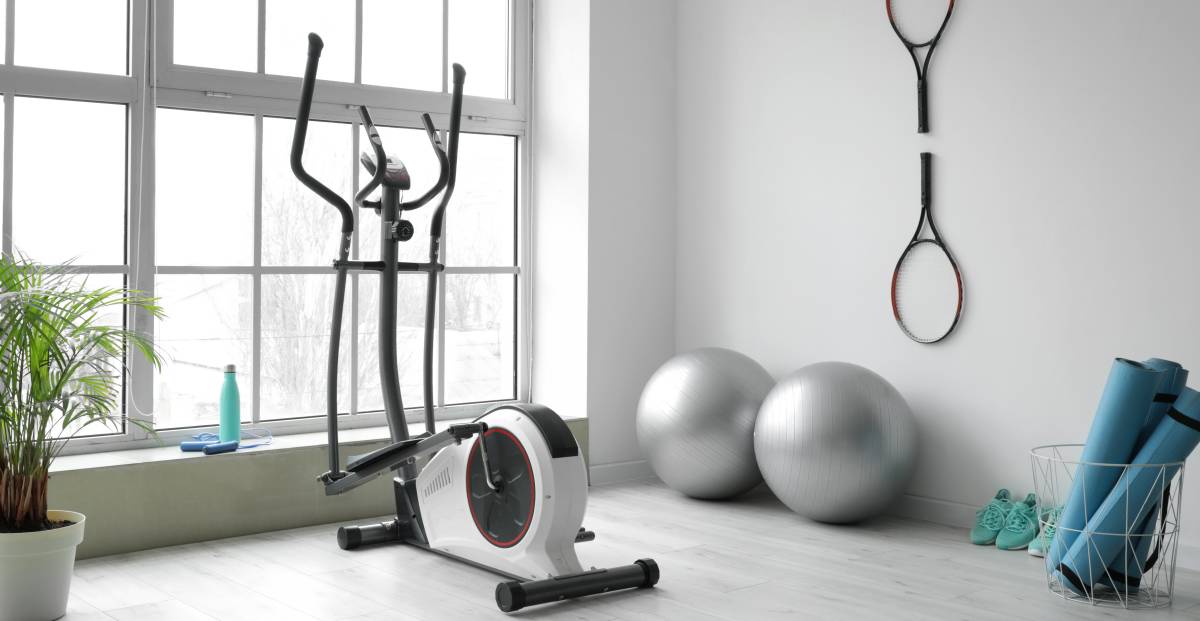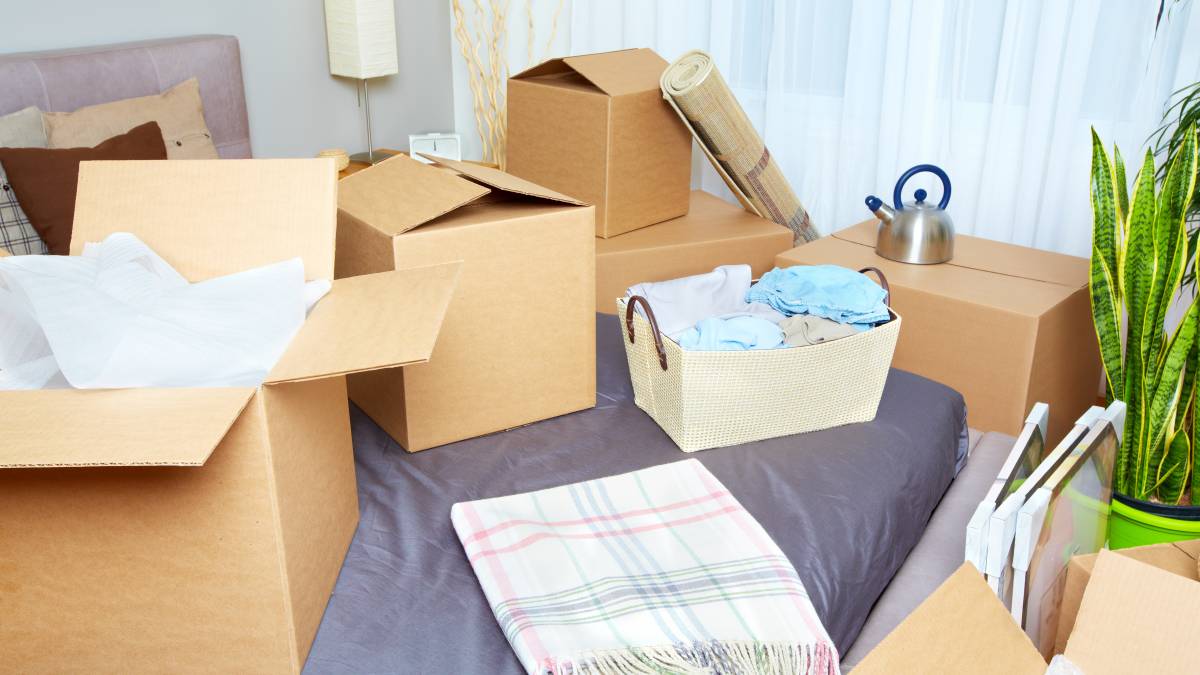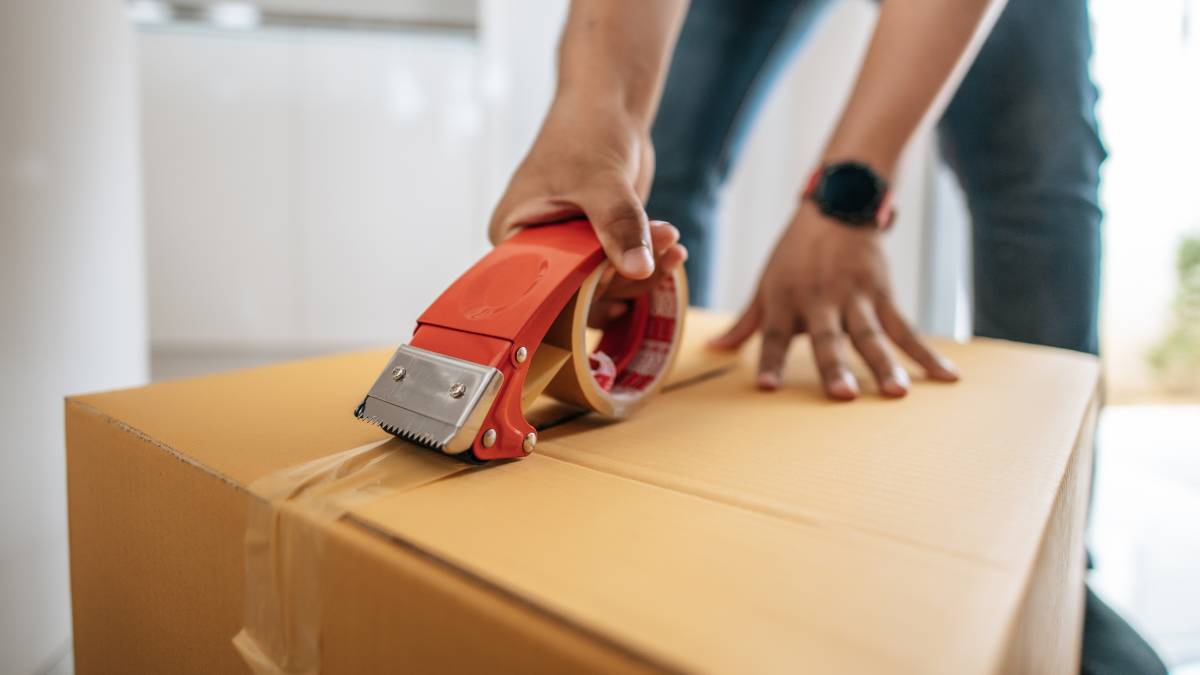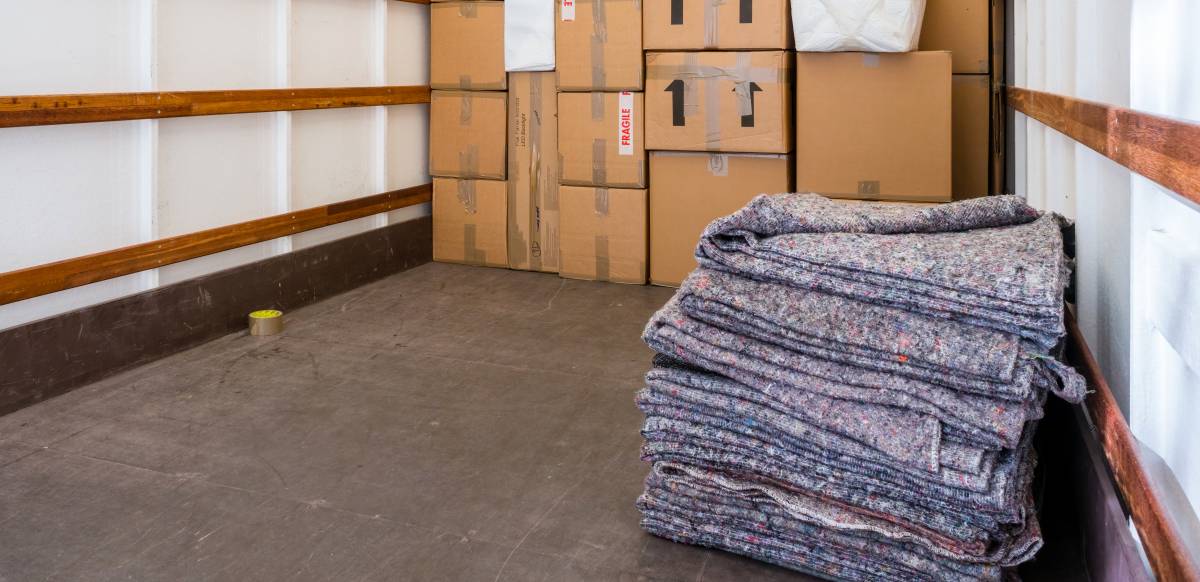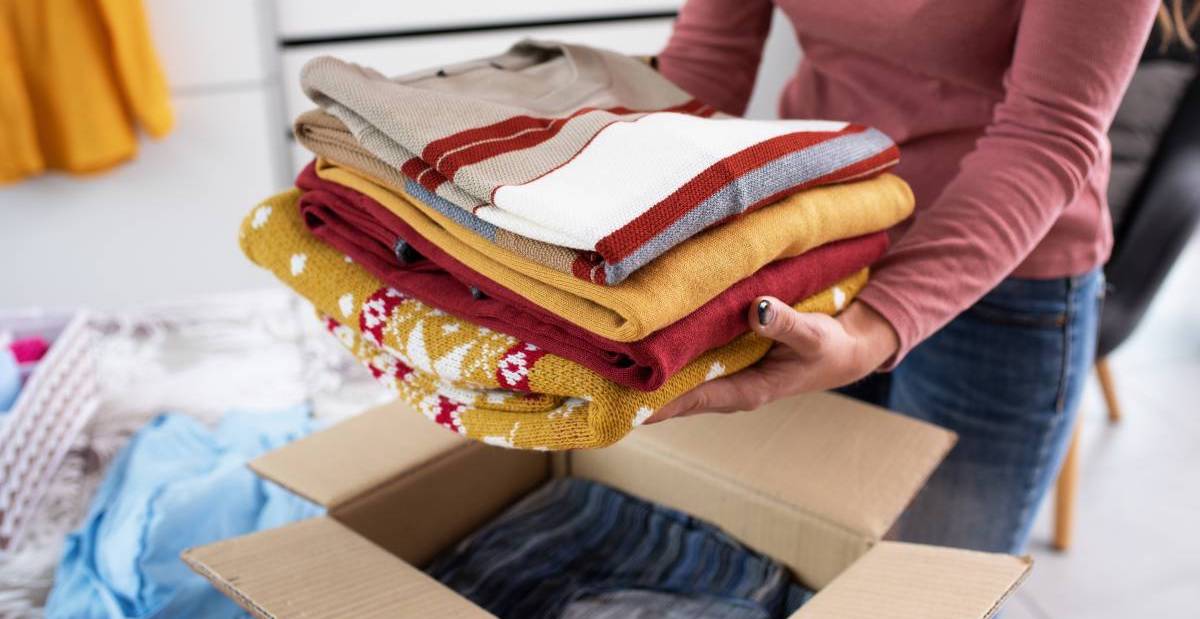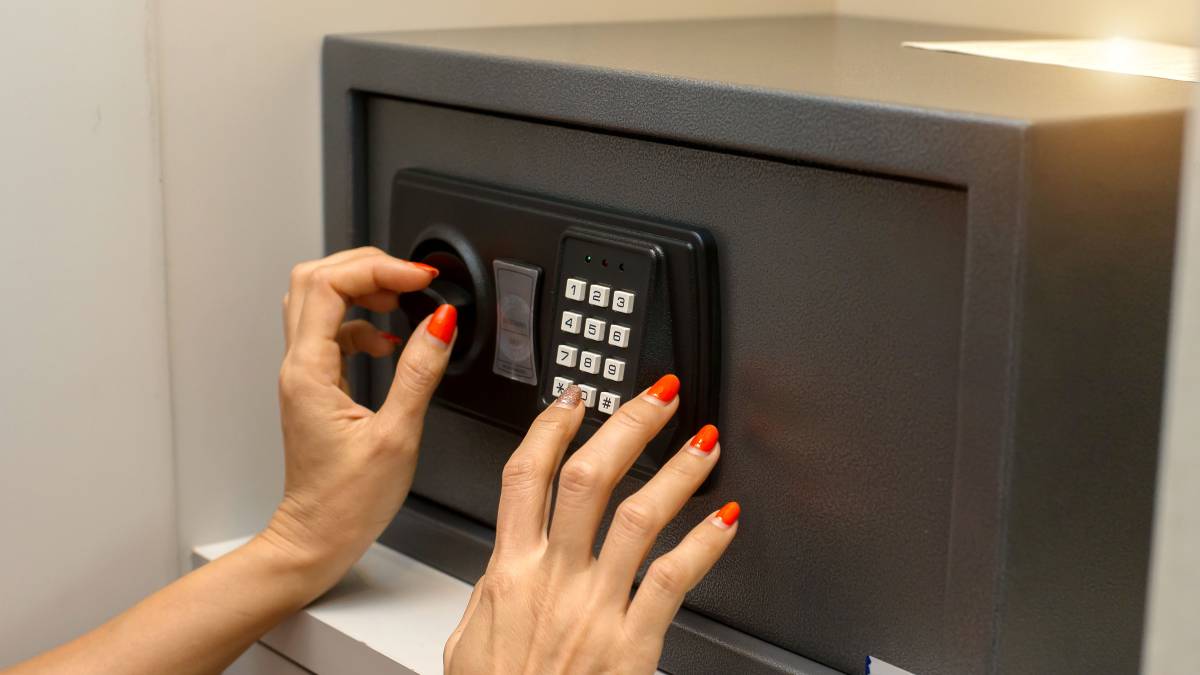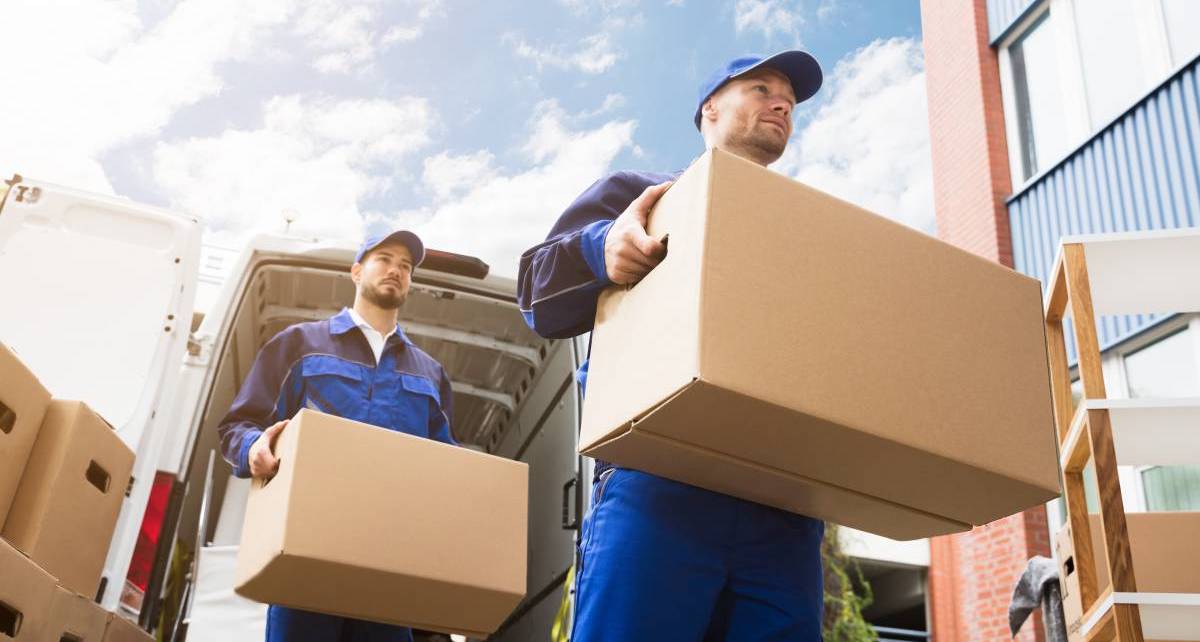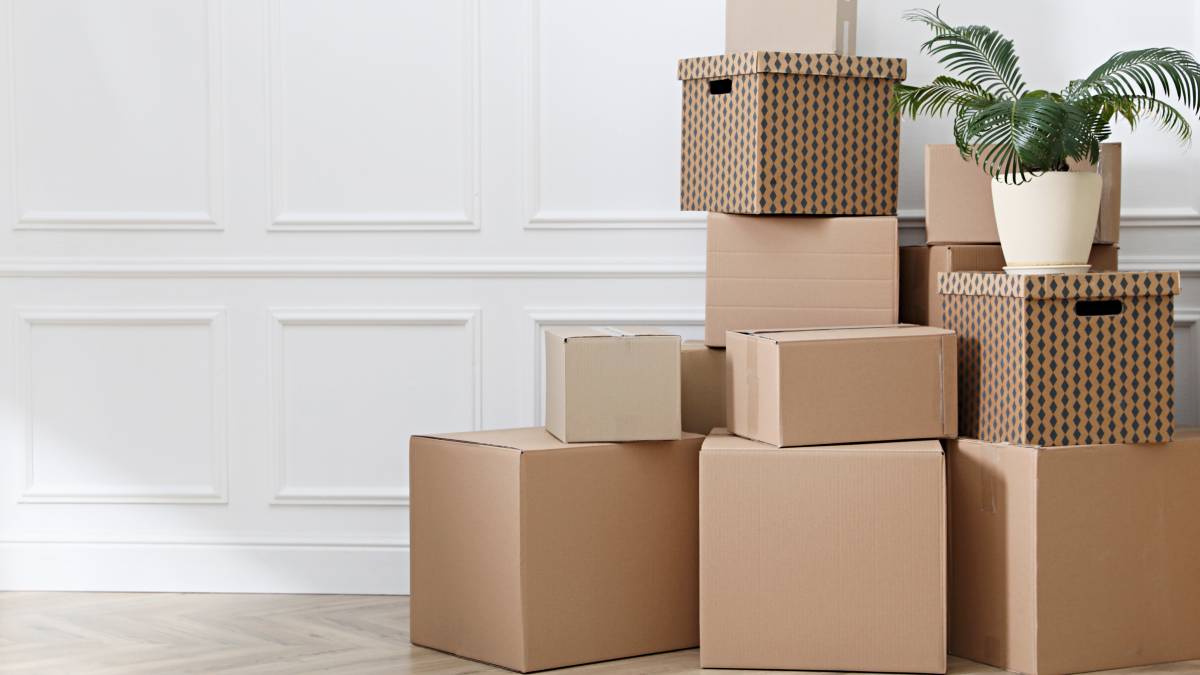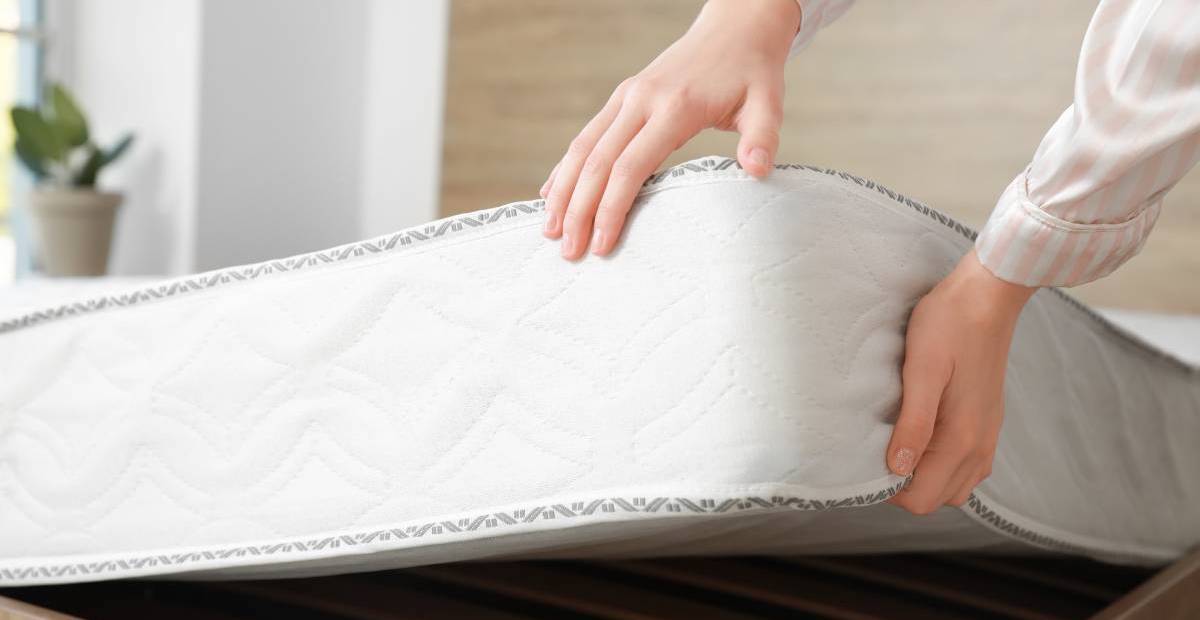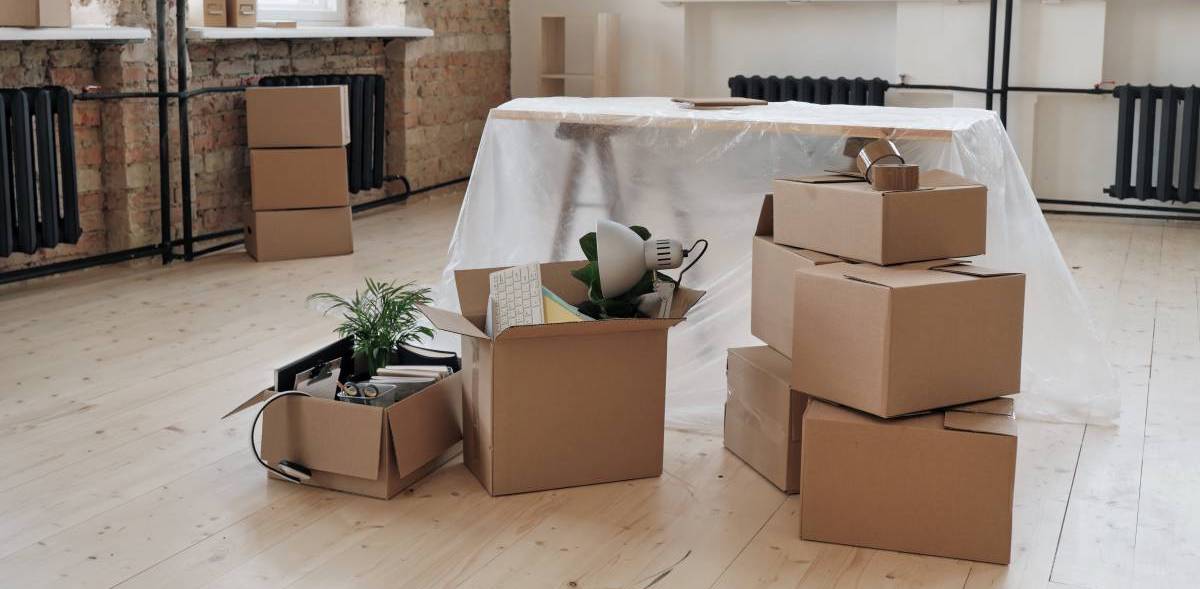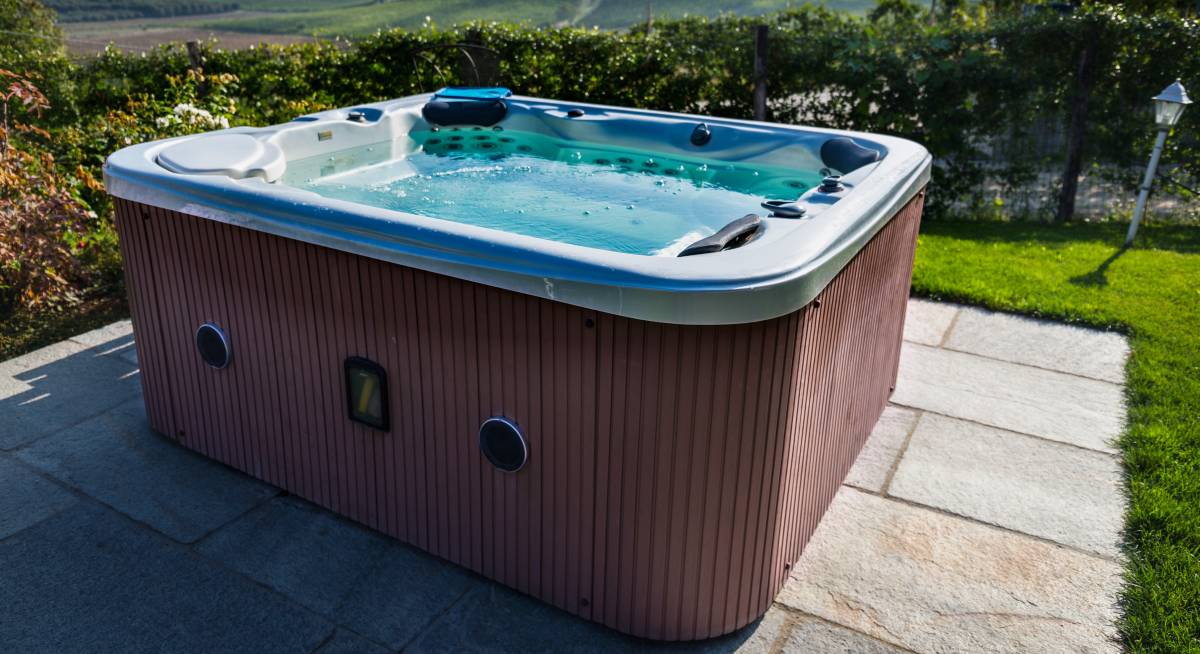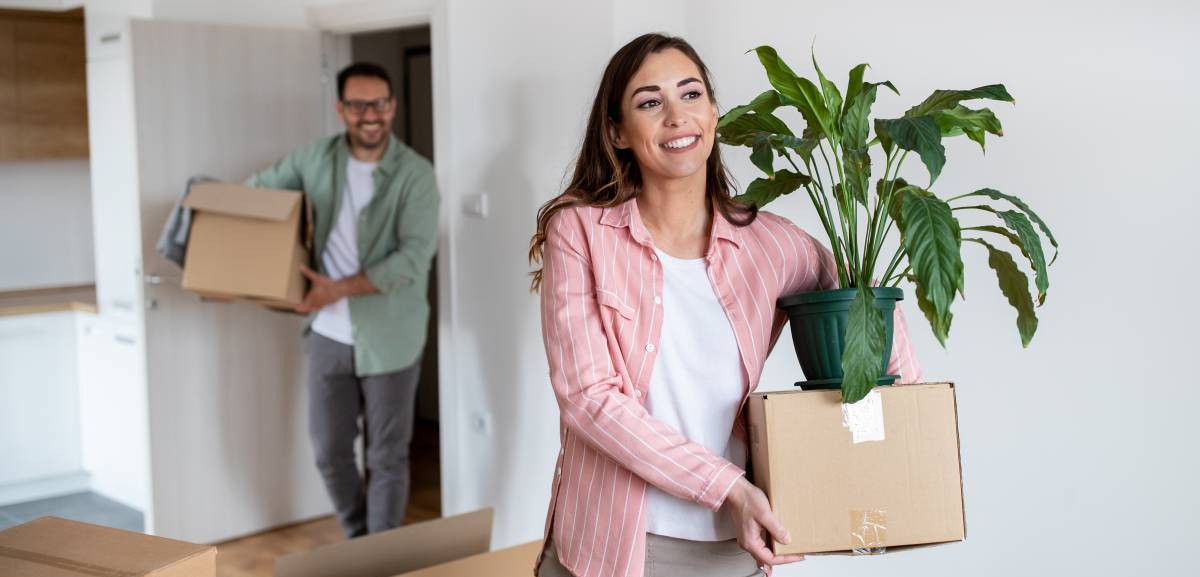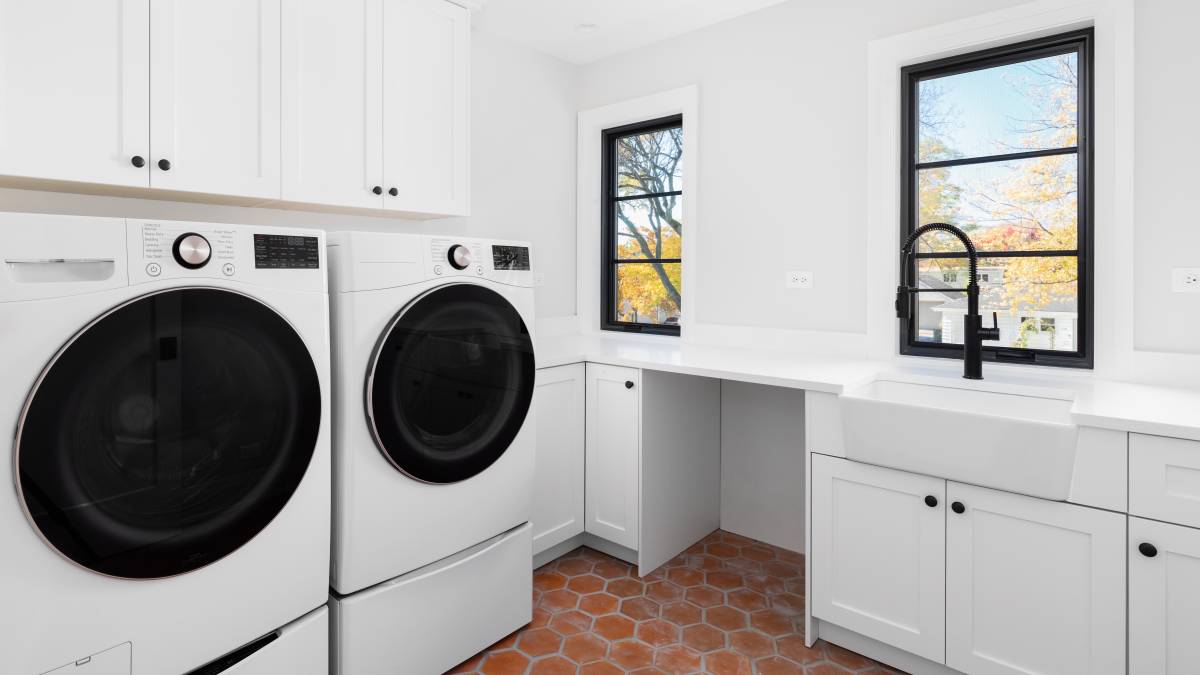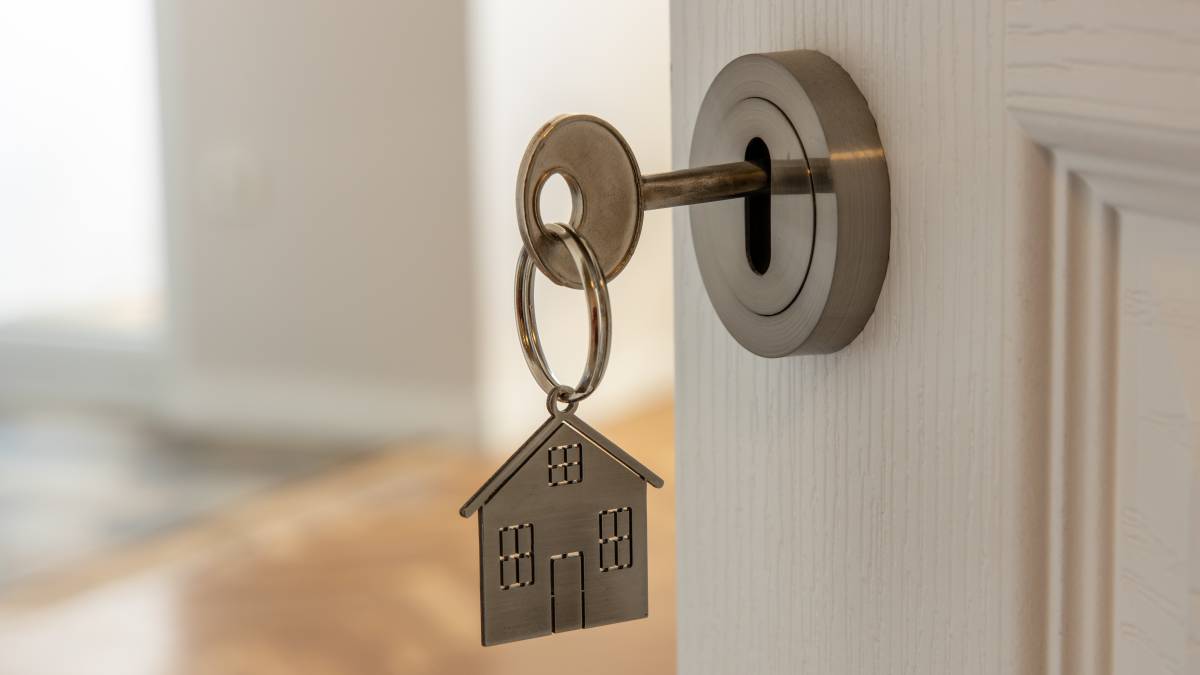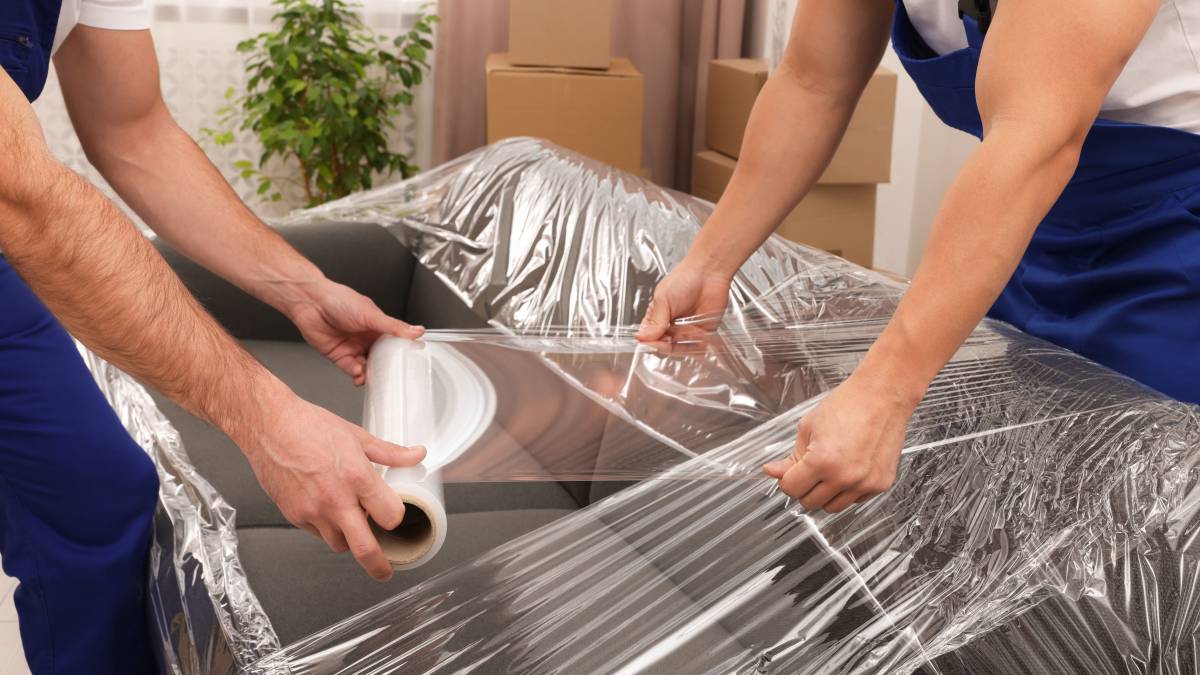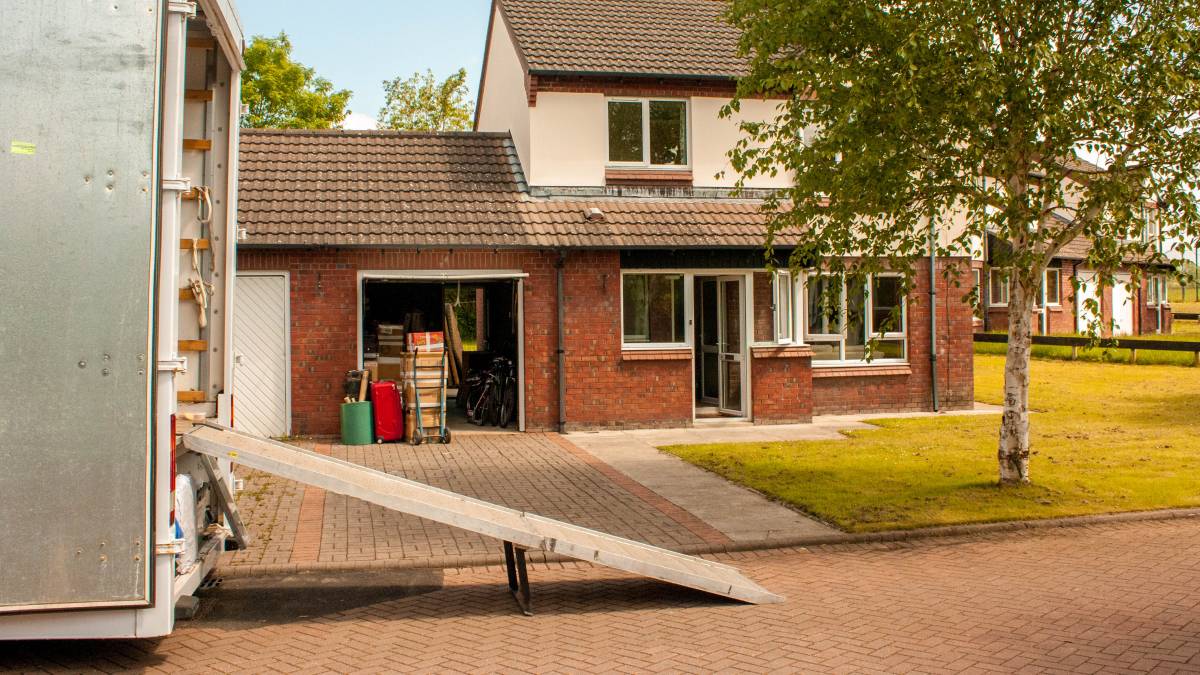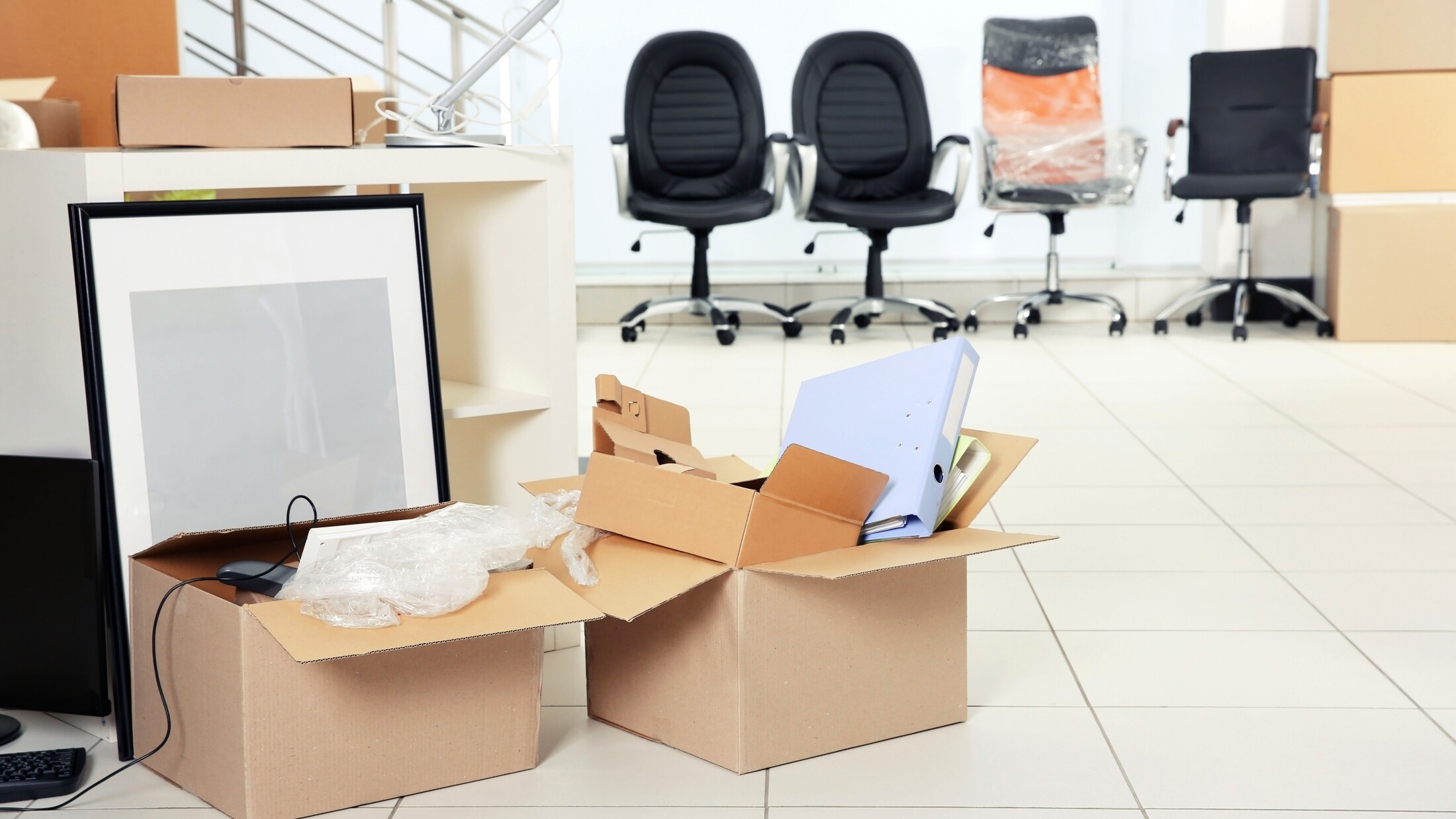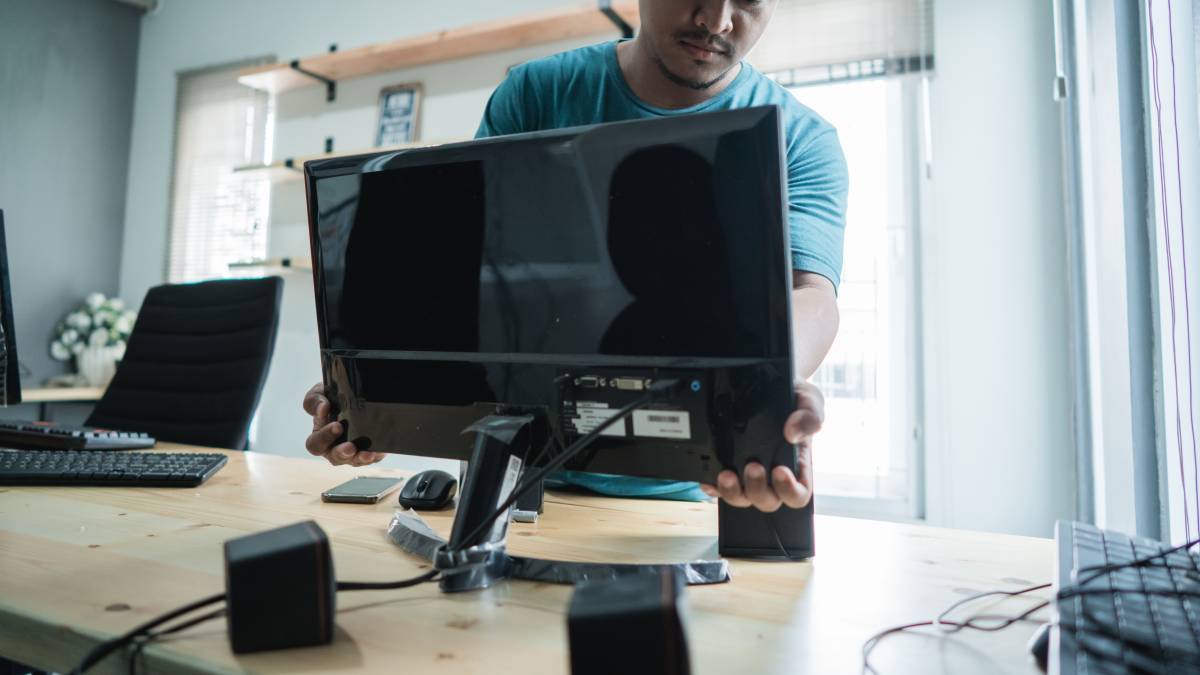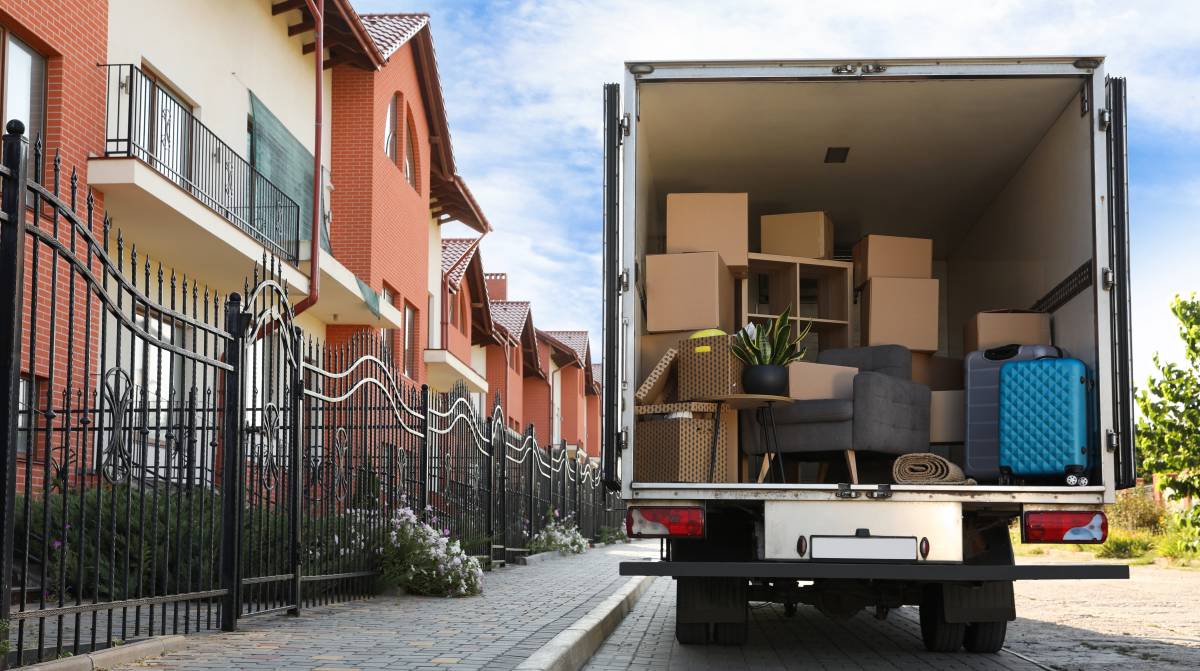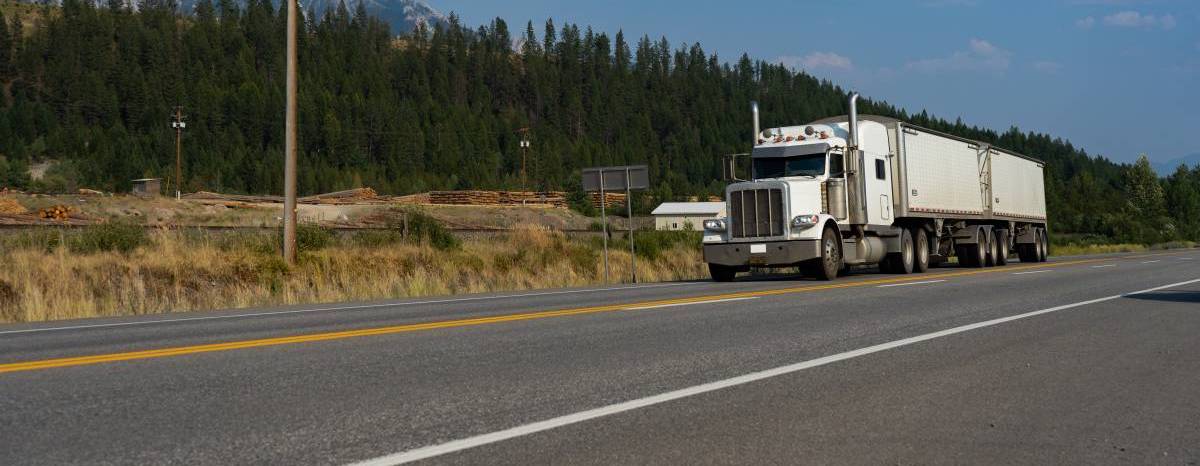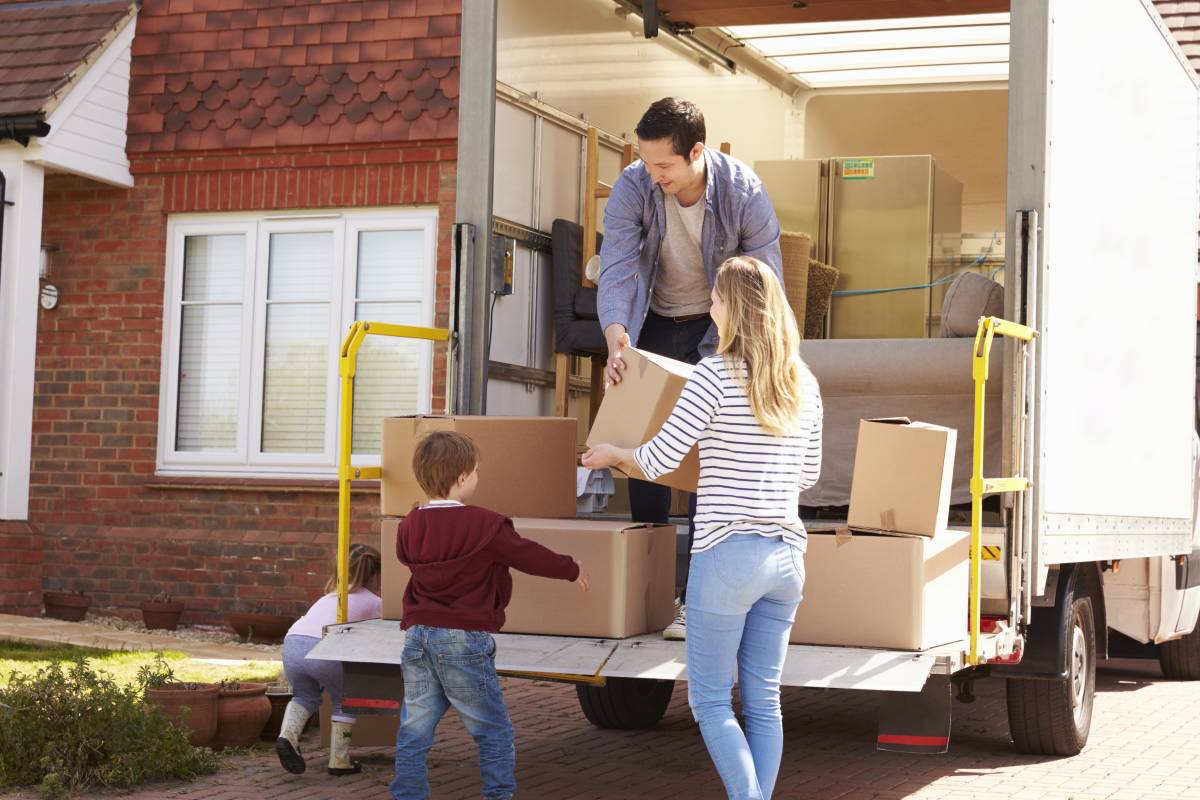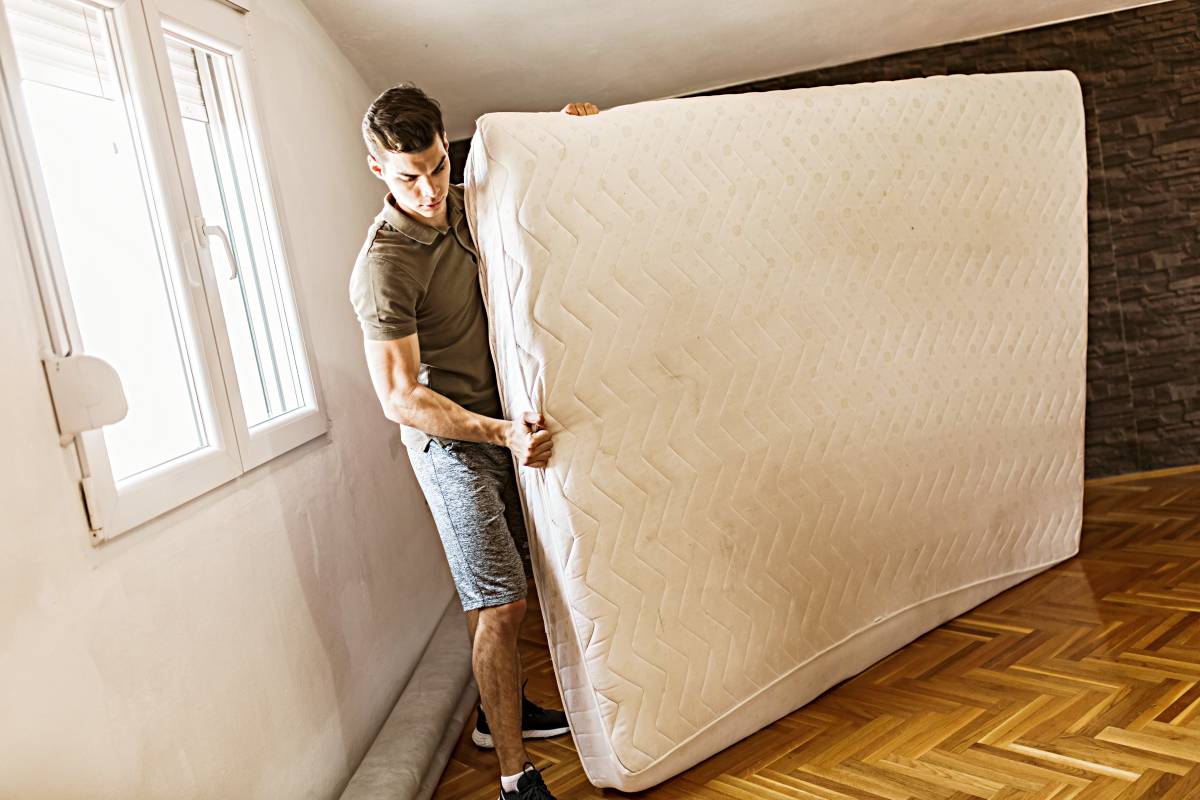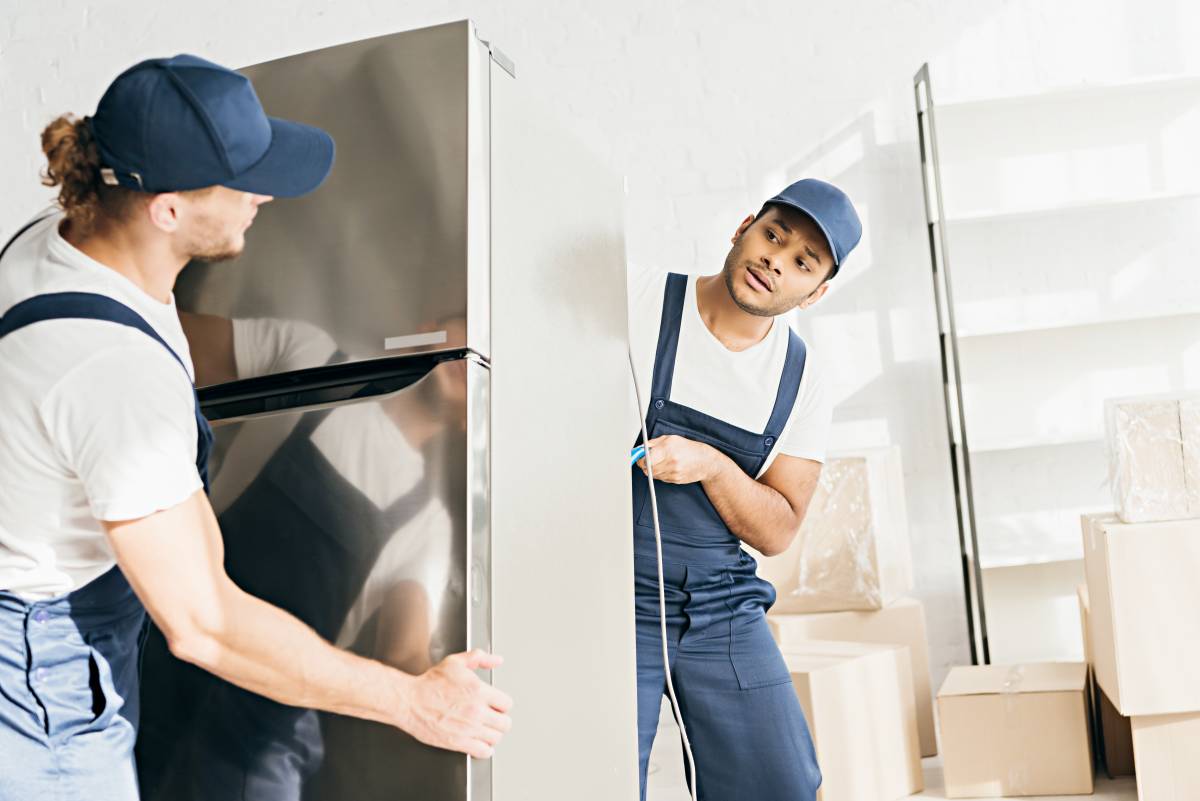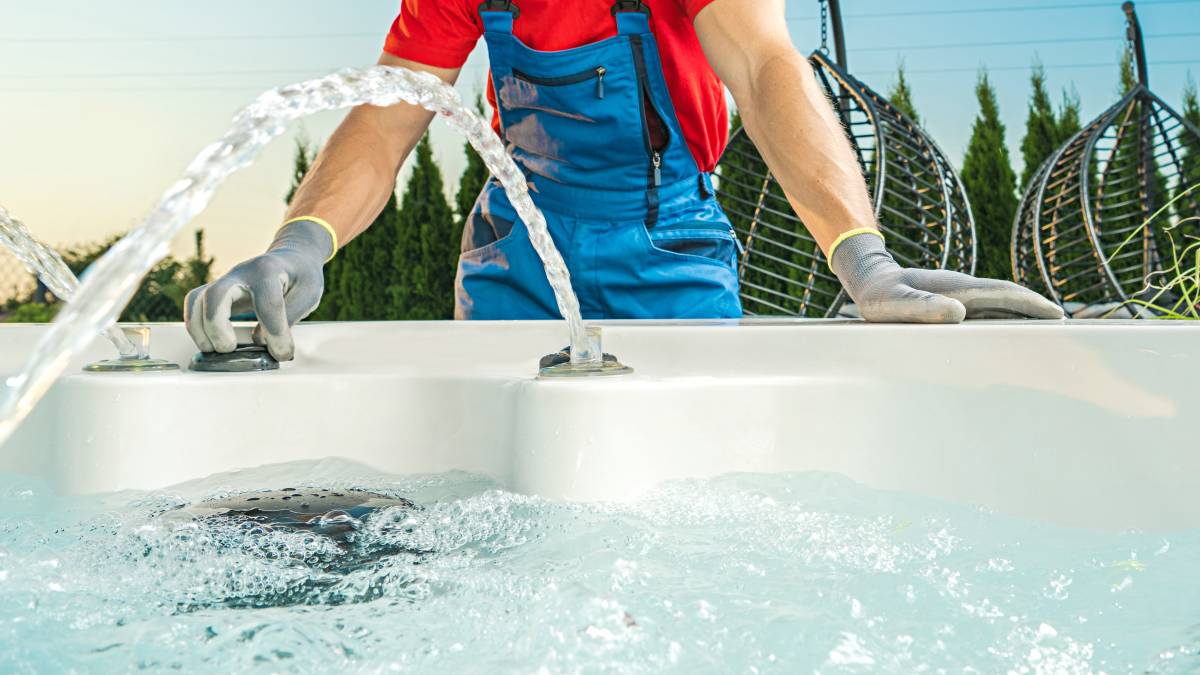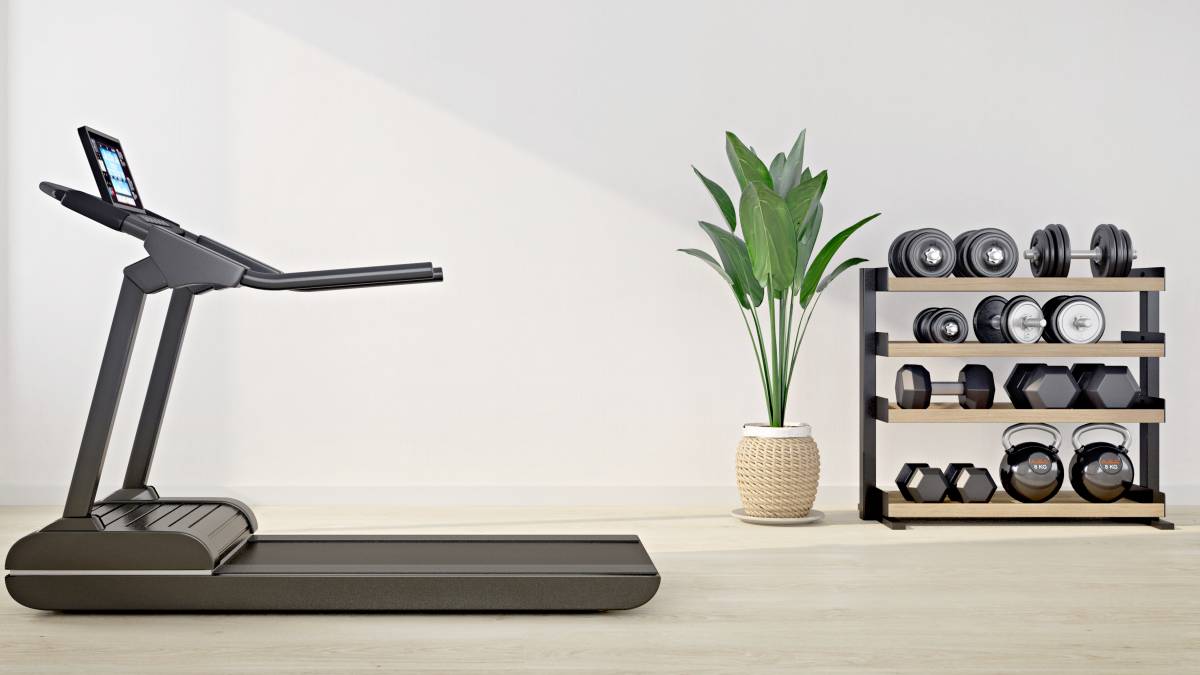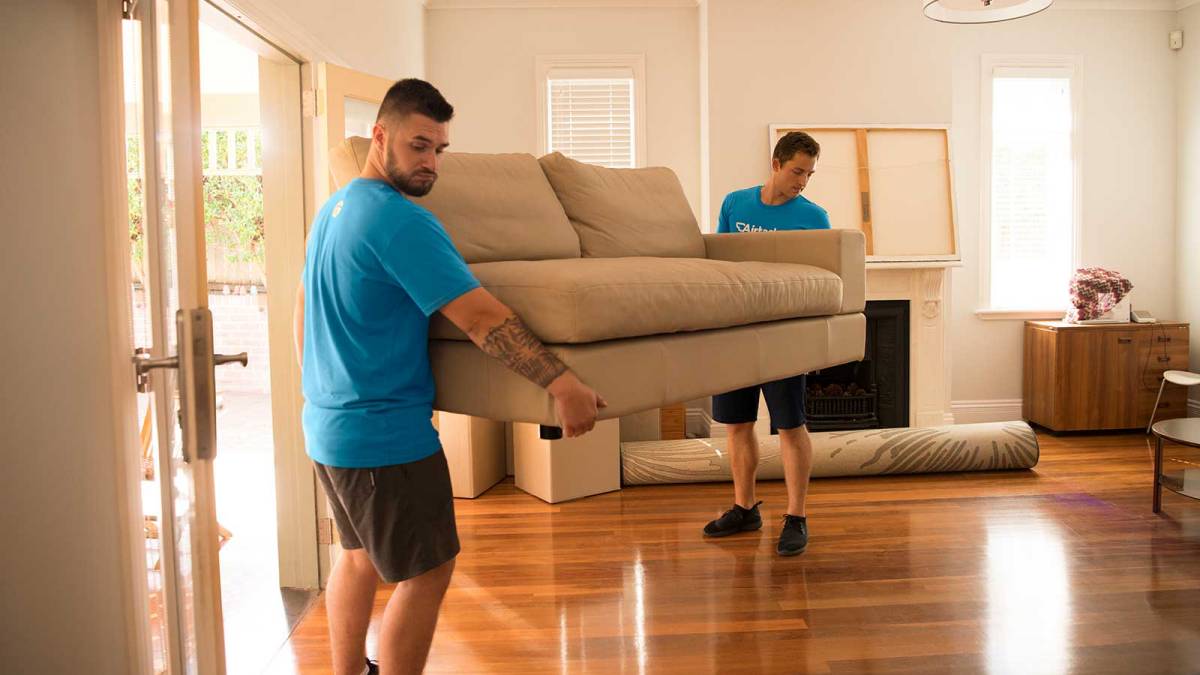- Home/
- Checklists/
- Packing & Unpacking/
- Moving Supplies Checklist
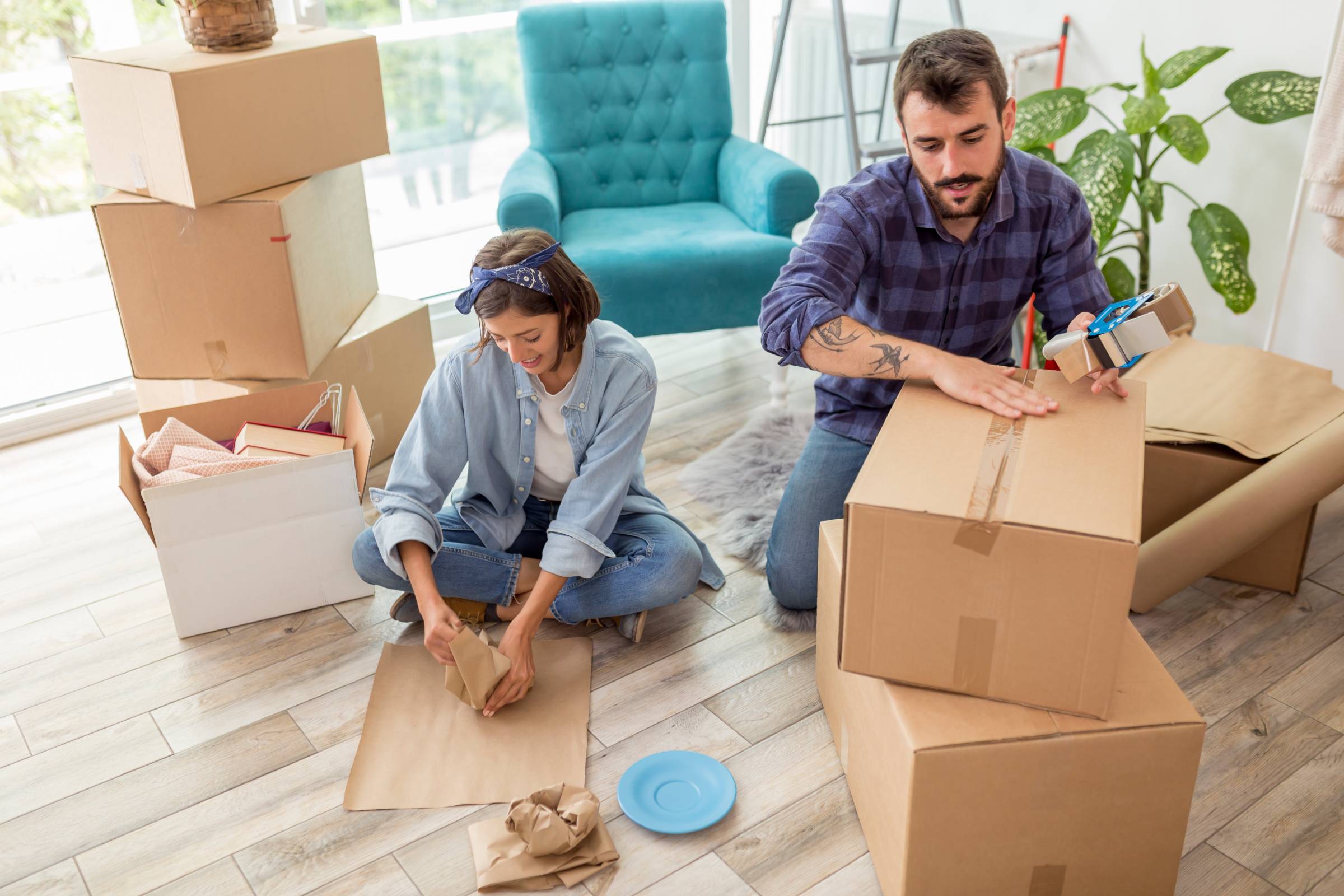
The packing and moving essentials checklist
Packing and moving can be made easier with the proper tools and materials.
Hire an expert moverPublished on
Thinking about moving can already make anyone feel tired. Moving to a new house or office seems like a real struggle after considering all the belongings that need to be packed and moved without damage – especially fragile items! Fortunately, having a moving supplies checklist makes the entire move much more doable. Here’s a handy list to ensure your packing and moving goes smoothly.
Moving supplies you'll need for the big move
Packing materials for moving house
Small, medium and large boxes
Larger home moving boxes should contain many light possessions, such as pillows, light blankets, clothes, toiletries and other fabrics. Medium and small boxes are perfect for small but heavier items like coffeemakers, CPUs, ovens, and microwaves.
Dish pack boxes
These boxes have double the thickness of ordinary boxes and fasteners to keep fragile items, like dishes and glassware, safe from damage while in transit.
Wardrobe boxes
These boxes are one of the best packing materials for moving because they have a metal rack to hang your delicate clothes. Your clothes will have about two feet of hanging space to ensure they won't get dirty or wrinkled. You can also store some shoes in there to maximise the space.
Picture boxes
Picture boxes will house your family photos and must be at least three or four of the same size. If you have plenty of moving boxes, you can create picture boxes by taking a regular box and removing the seams to wrap them around your picture frames.
Packing paper
Keep glassware, picture frames, small electronics, and other fragile items stationary and protected using packing paper. Line all the spaces with packing paper to limit movement during transport. For fragile items, use honeycomb packing paper and bubble wrap for a snug fit and optimal shock protection.
Packing tape
Secure the moving boxes with quality packing tape. Apply the tape from the start to the end of the box flaps. For added security, apply the tape twice along the width of your moving box.
Vacuum storage bags
These bags protect folded clothes and fabrics and free them from dust and dirt. You can conveniently purchase them from wardrobe or hardware suppliers.
Mattress bags
Mattresses get easily dirty and can accumulate bed bugs without a cover during travel, so keep it safe with a mattress bag.
TV cover
You wouldn’t want to relocate with a suddenly malfunctioning TV, would you? Protect your flat-screen TV with a cover to prevent debris and dust. With a box and TV screen cover, you don’t have to worry about your TV malfunctioning when you arrive.
Markers and paper tape
If you don’t like writing on the box, you can write the names of items inside each box by making DIY moving labels using markers and paper tape.
Gloves
Wear safety gloves before you get to work and disassemble furniture or pack anything to protect your hands from sharp edges or abrasive surfaces.
Toolbox
Have a toolbox complete with essentials, such as screwdrivers, cutters, knives, and bolts, to help you disassemble furniture, computers, and other items easily and quickly.
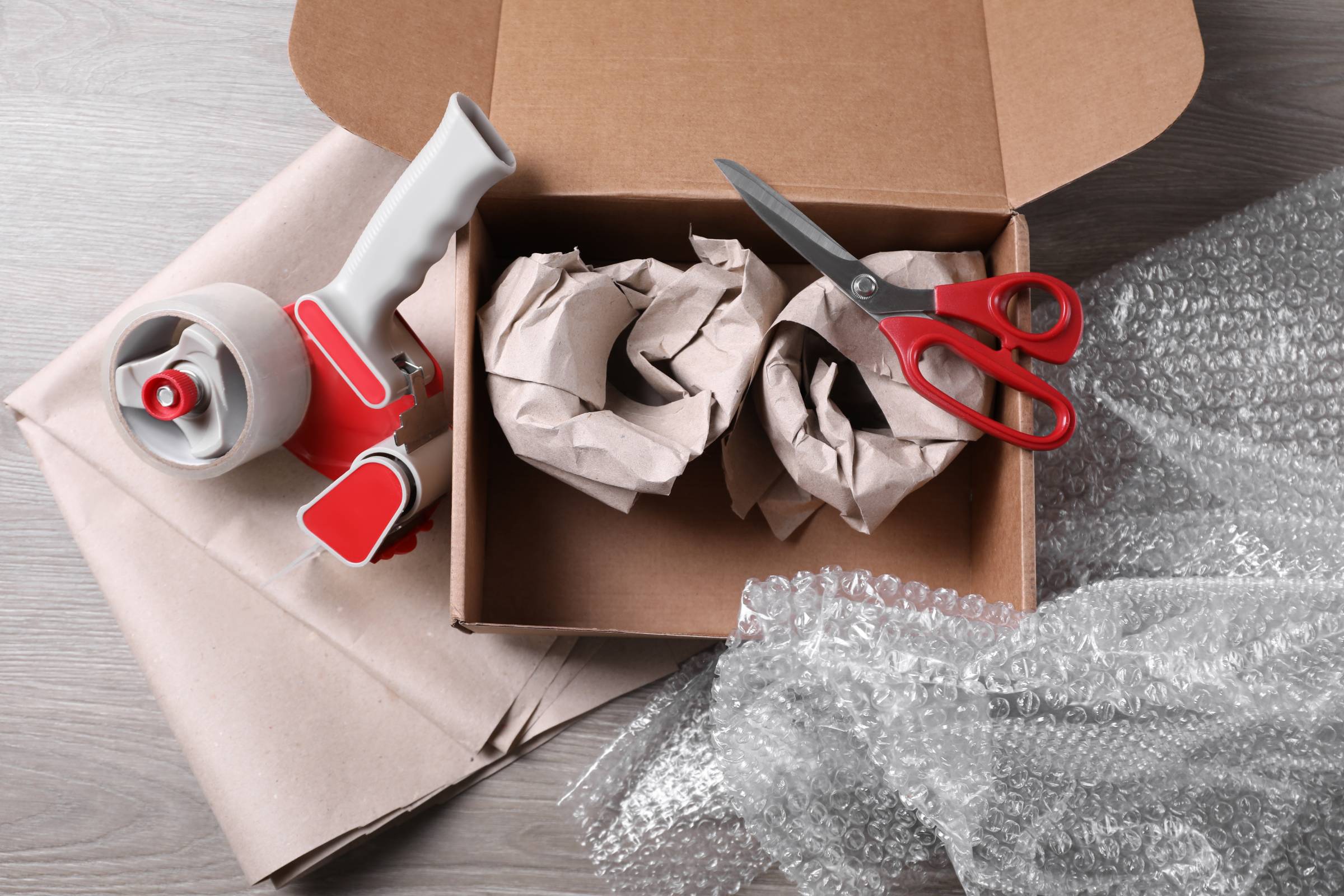
House moving materials
Moving back saver straps
Were you able to find professional removalists to do the heavy lifting for you? Chances are, they’ll use moving back-saver straps to reduce the risk of injury when transporting your belongings.
Moving blankets
Moving companies usually provide moving blankets as void fillers, furniture coverings and shock absorbers. Otherwise, thick, old rugs or clothing would also be enough. If you call professional house removalists, they will have a set of moving blankets ready to protect your belongings.
Stretch wraps
Removalists use these to keep your furniture stationery as it travels by fastening it to the moving truck’s heavy-duty pallets or security rails.
Dollies
Dollies make it easy to roll your refrigerator, air conditioning units, and other heavy-duty appliances down from the upper floors and up the moving truck ramp. You’ll need metal stair ramps to roll the dolly down smoothly over each step.
Duct tape
Duct tape can help secure your appliances from moving around during transit and keep boxes shut if packing tape isn’t enough.

Packing and moving tips to remember
Here are a few reminders to help pack things well and avoid hiccups on the drive.
Don't pile too many items inside one large box: A large box that’s heavy to lift will take time to move and might suffer from damage during the trip.
Use lots of bubble wrap, packing paper, and peanuts: These items reduce any bump or dent in your appliances, electronics, and other belongings. Use them liberally and fill in any void you find inside each box.
Find high-quality boxes: High-quality cardboard or plastic boxes are easily stackable. They have features that make them easy to lift and move around with a dolly and secure in place during travel.
Have a dedicated packing station: Pick a designated spot for packing. Not only does this save time, but it also helps avoid the hassle of bothering others in the area.
Don't cram – plan ahead: Complete your packing supplies checklist first. Then, start packing items you don't frequently use but will need in your new space a week or two before the move. Continue doing this until you only have a few things to pack before moving day arrives.
Minimise the hassle of moving
You'll surely have a faster time packing and moving all your belongings with a moving checklist. The satisfaction of ticking off every listed item is the payoff of your efforts to have the right tools to disassemble, pack, and move your belongings.
You can even make things easier for yourself by hiring a company specialising in moving and transporting your items safely and without damage. Contact office removals specialists or house movers to give yourself the extra hands and expertise you need to make your move smooth and worry-free.
FAQs on packing and moving
Get special boxes for fragile items, clothes, pictures, appliances, electronics, and other belongings. You’ll also need lots of packing paper, bubble wrap, vacuum storage bags, and gloves to protect your hand. A toolbox is also essential if you need to disassemble furniture.
You can pack small items, clothing, and fabrics and carry them to the moving truck by yourself. But you’ll need the help of some strong neighbours to lift heavy appliances, furniture, and pianos or have moving helpers do it for you.
Professional house removalists are well-equipped and have done plenty of lifting, packing, and transporting for their customers. They know how to handle your belongings to ensure it arrives at your new place without damage.
You can use the marker and tape to label boxes according to their content and which room movers should put them in. You can also label each room in your new house or office properly so that movers can easily identify the names of each room.
Find packing and unpacking removalists, fast
Post a task
Related articles

Tips for moving house with kids
Read more

How to pack mirrors for moving
Read more
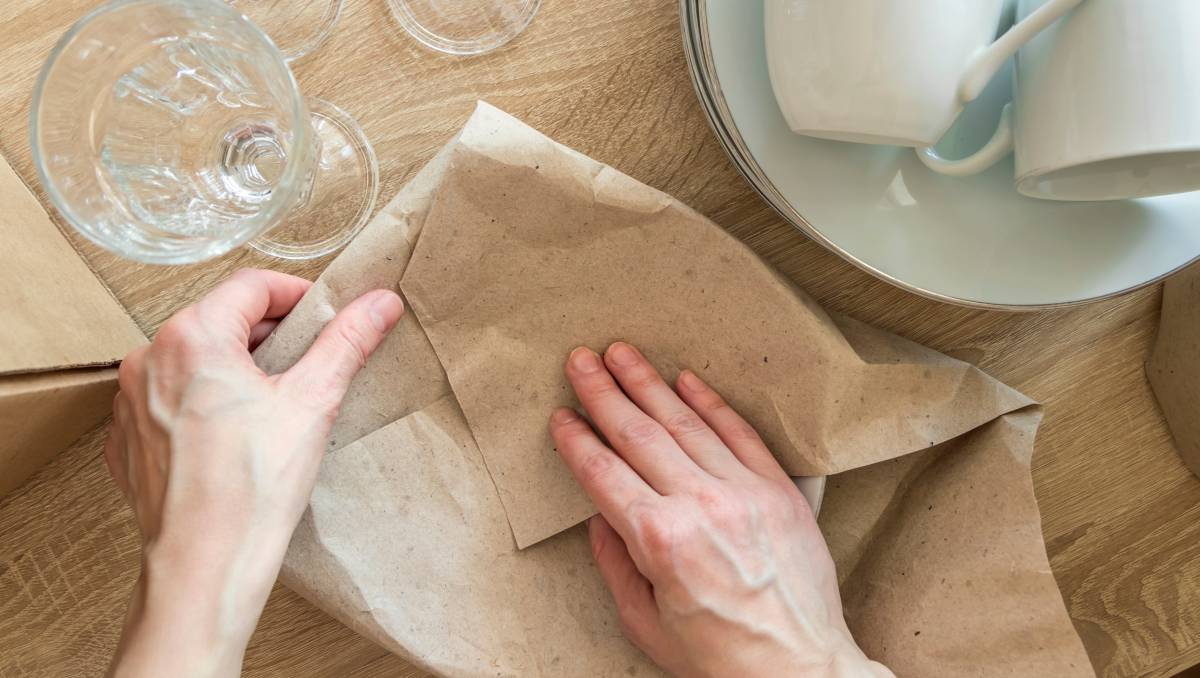
How to pack kitchen items for moving
Read more
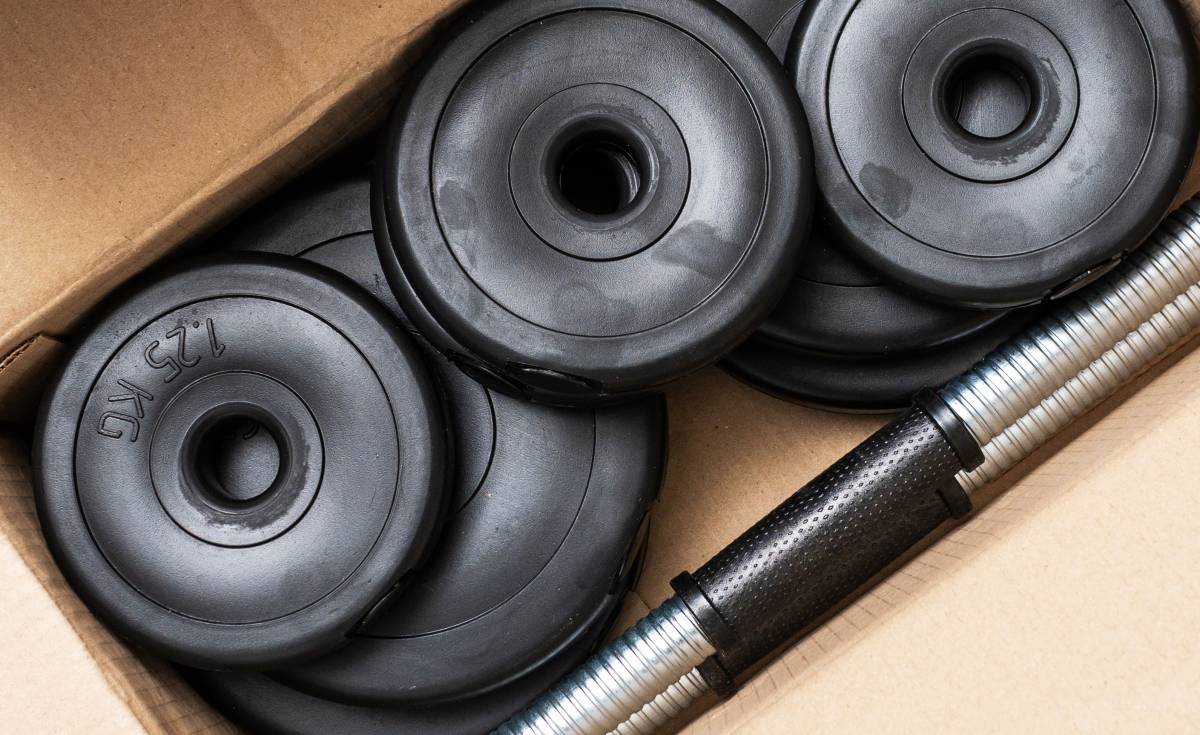
How to move gym equipment safely
Read more
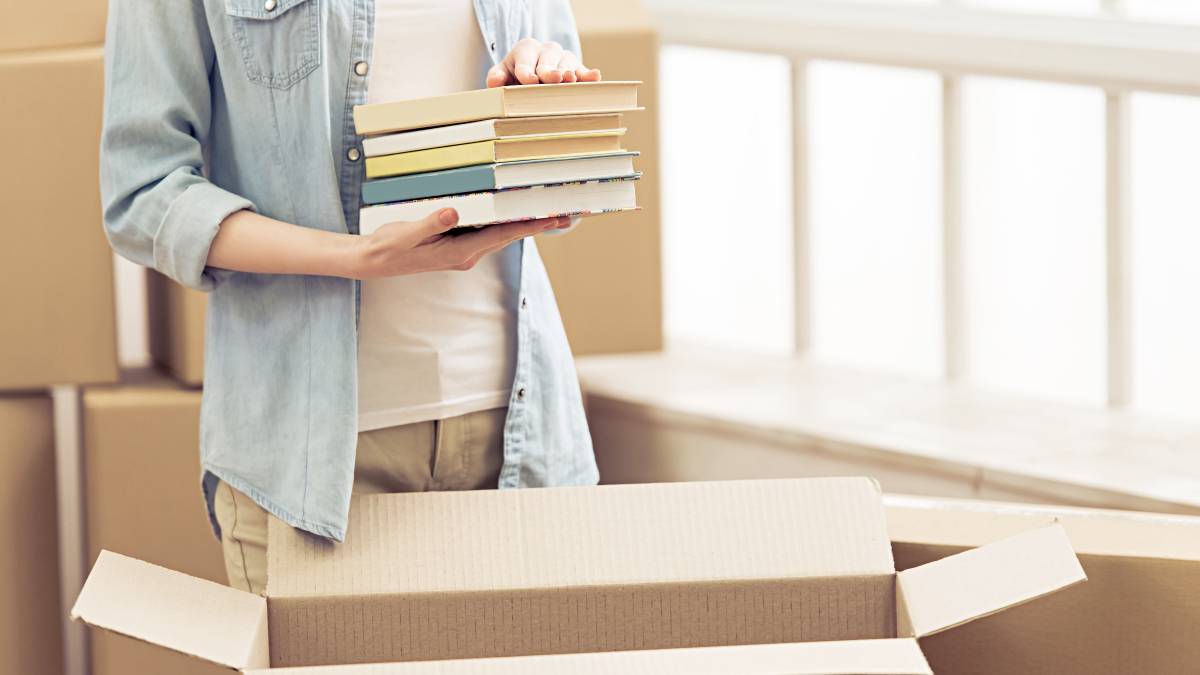
How to pack books for moving
Read more
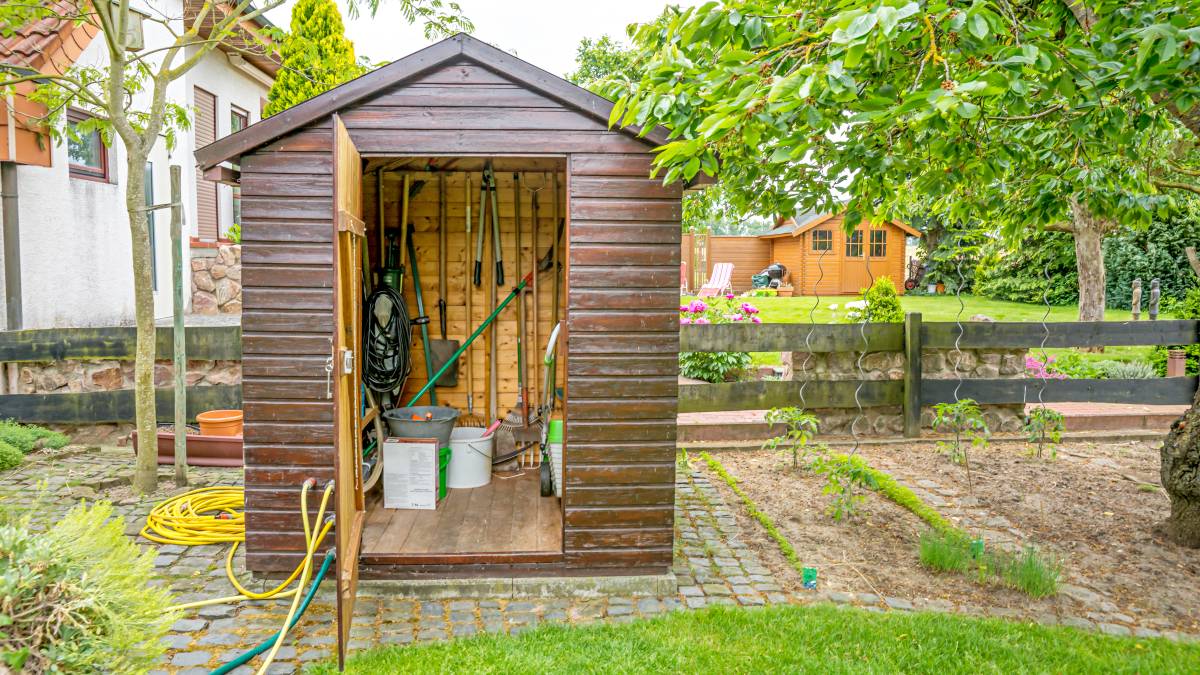
How to move a shed
Read more
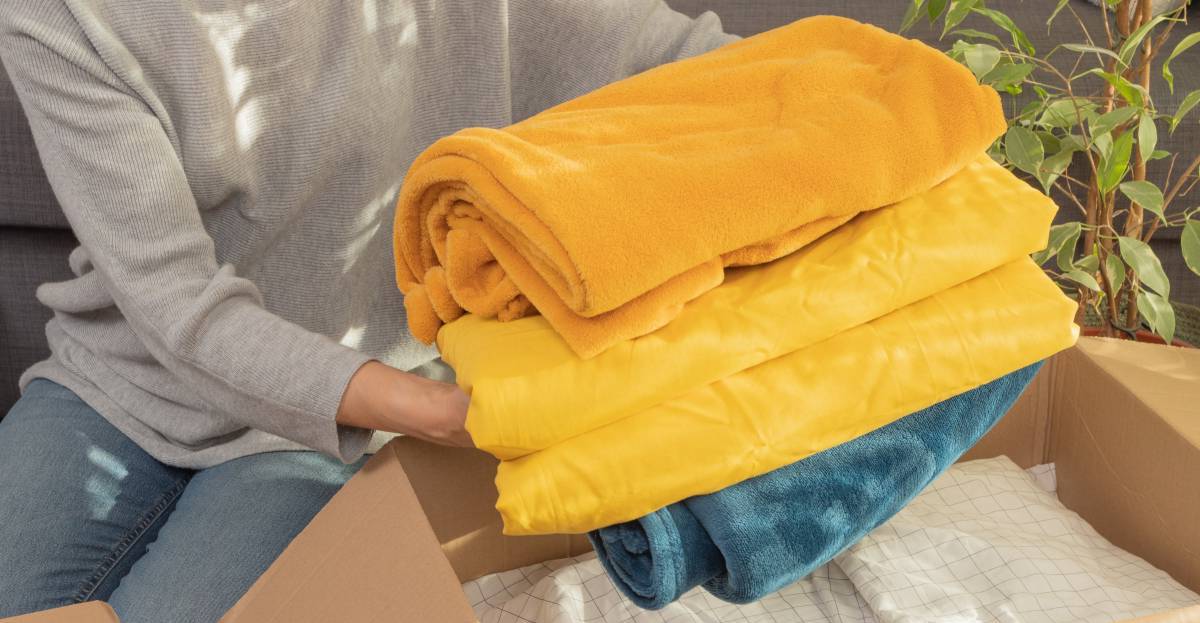
How to pack bedding for moving
Read more
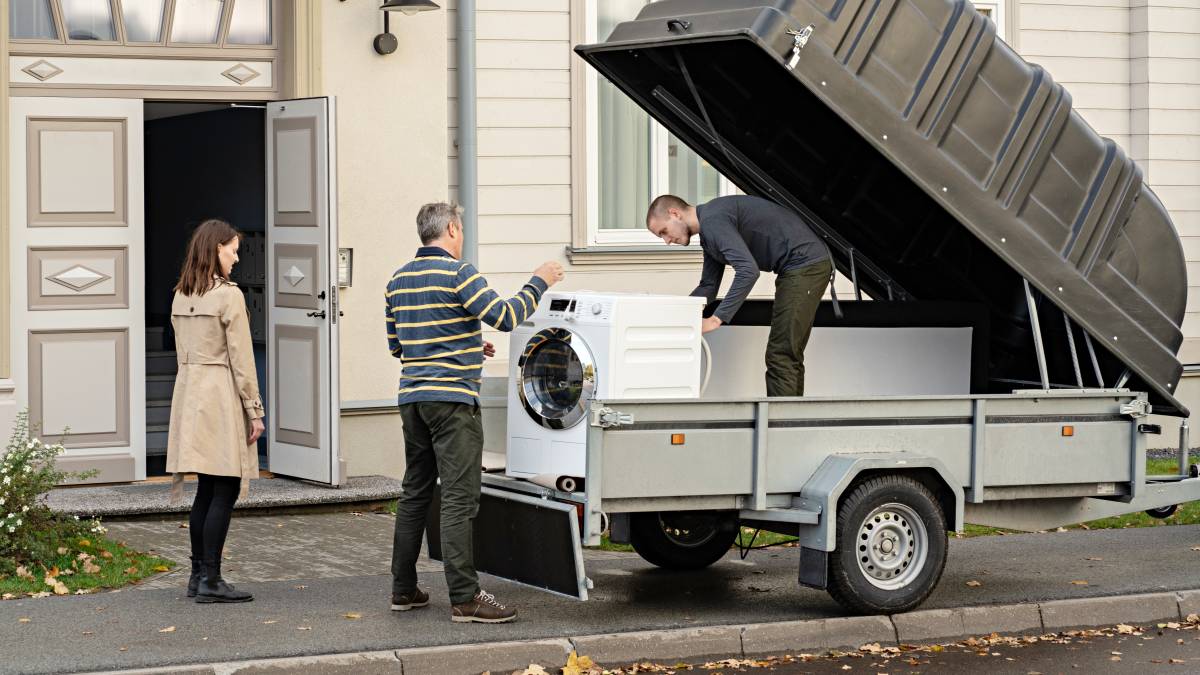
How to move a washing machine
Read more

How to move a pool table
Read more
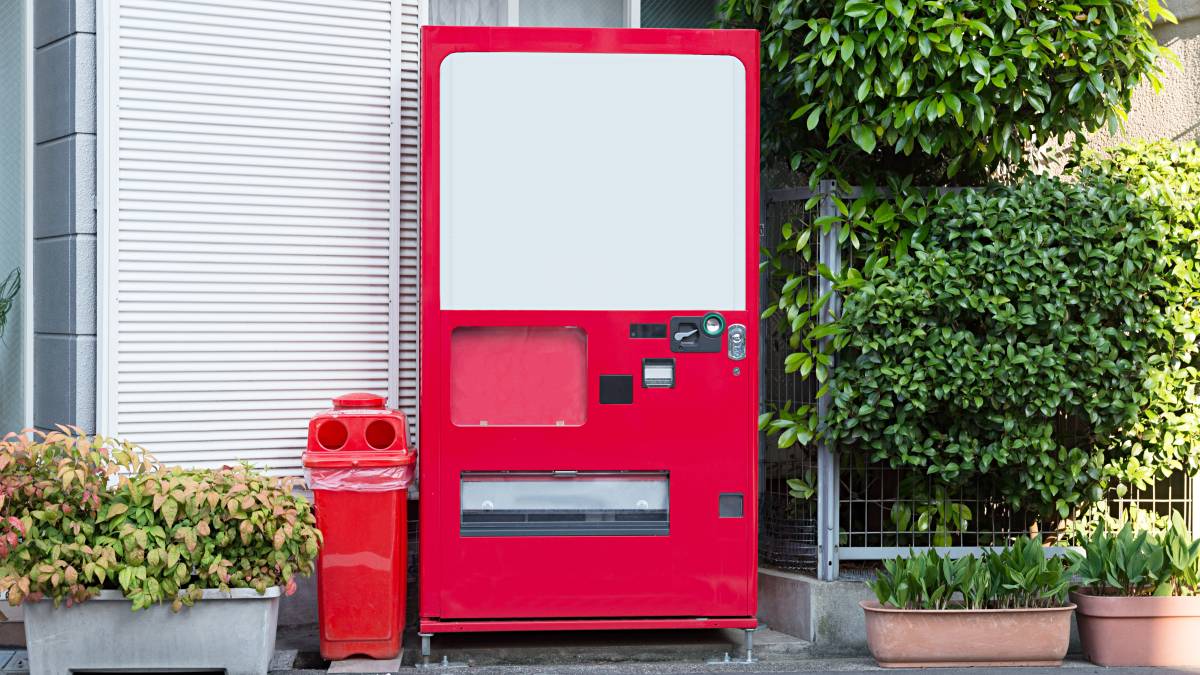
How to move a vending machine
Read more
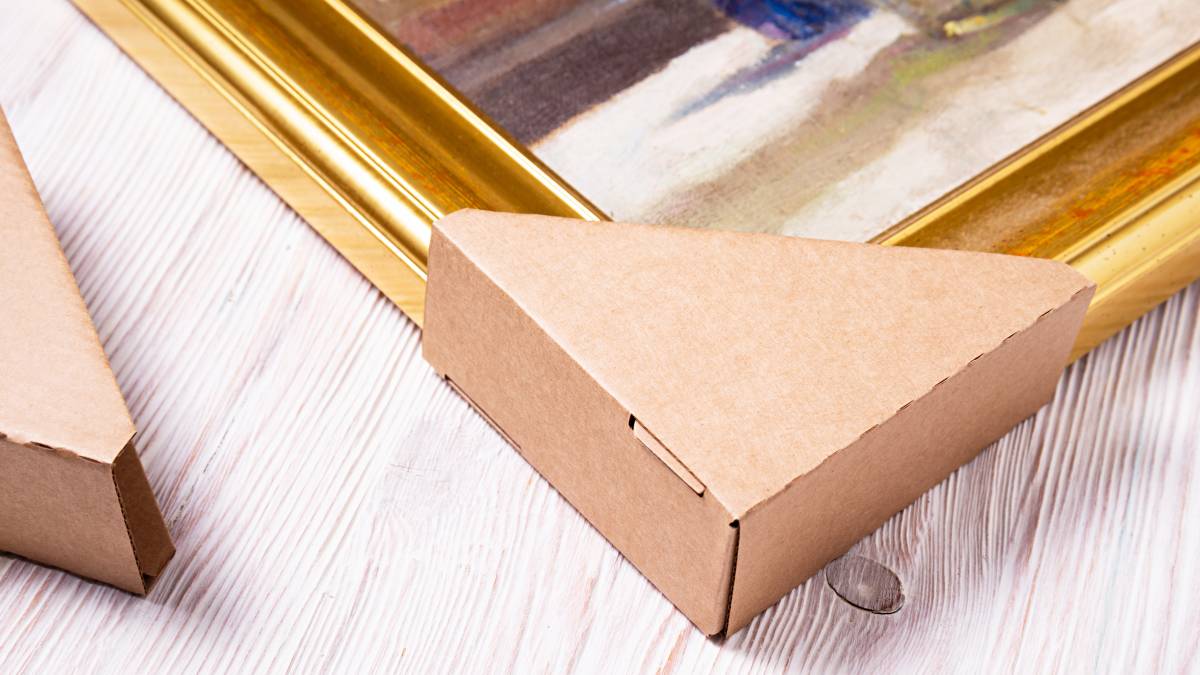
How to pack artwork for moving
Read more
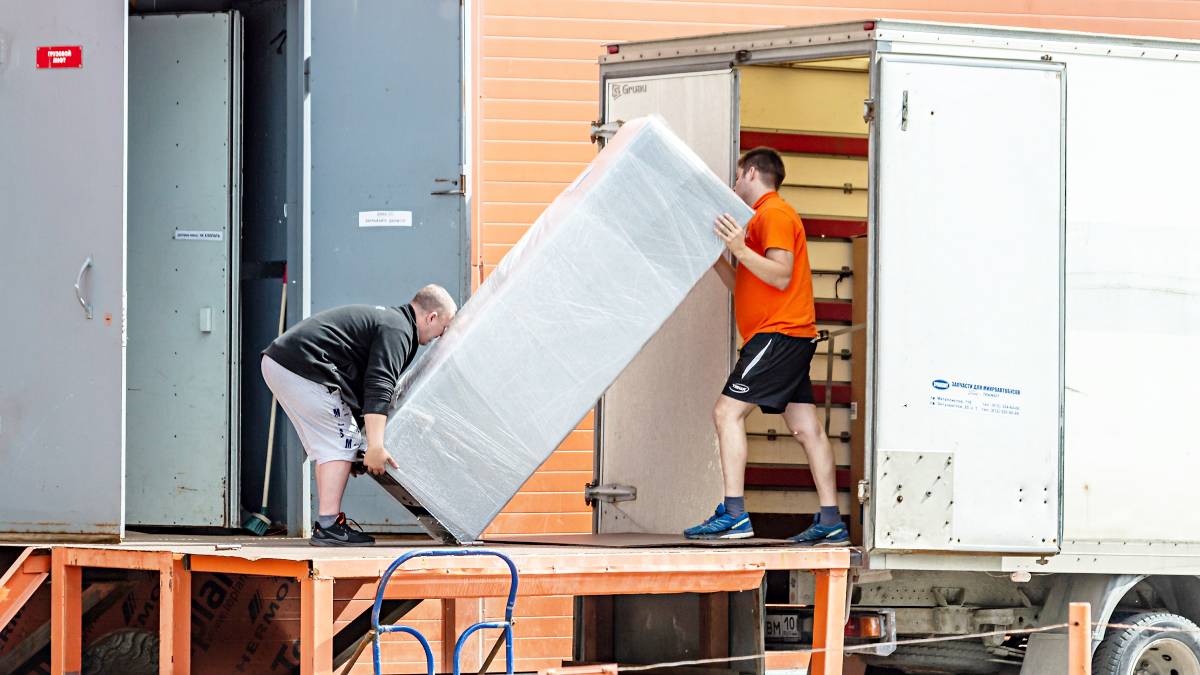
Moving a fridge: How to do it right
Read more
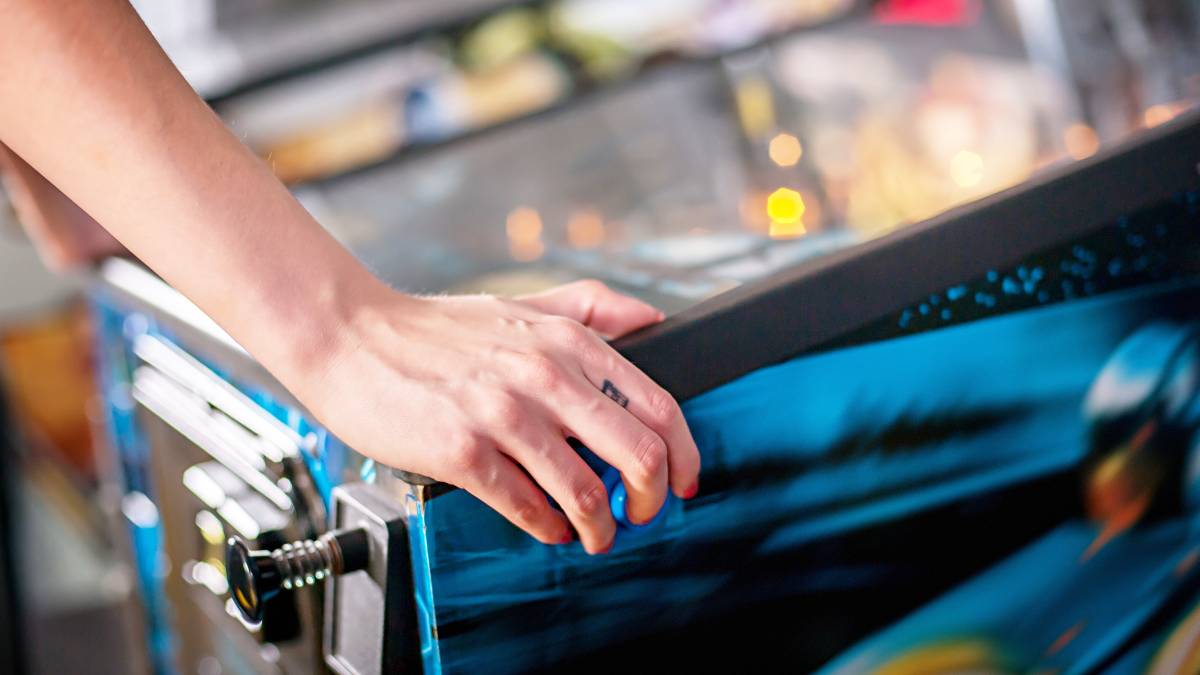
How to move a pinball machine
Read more
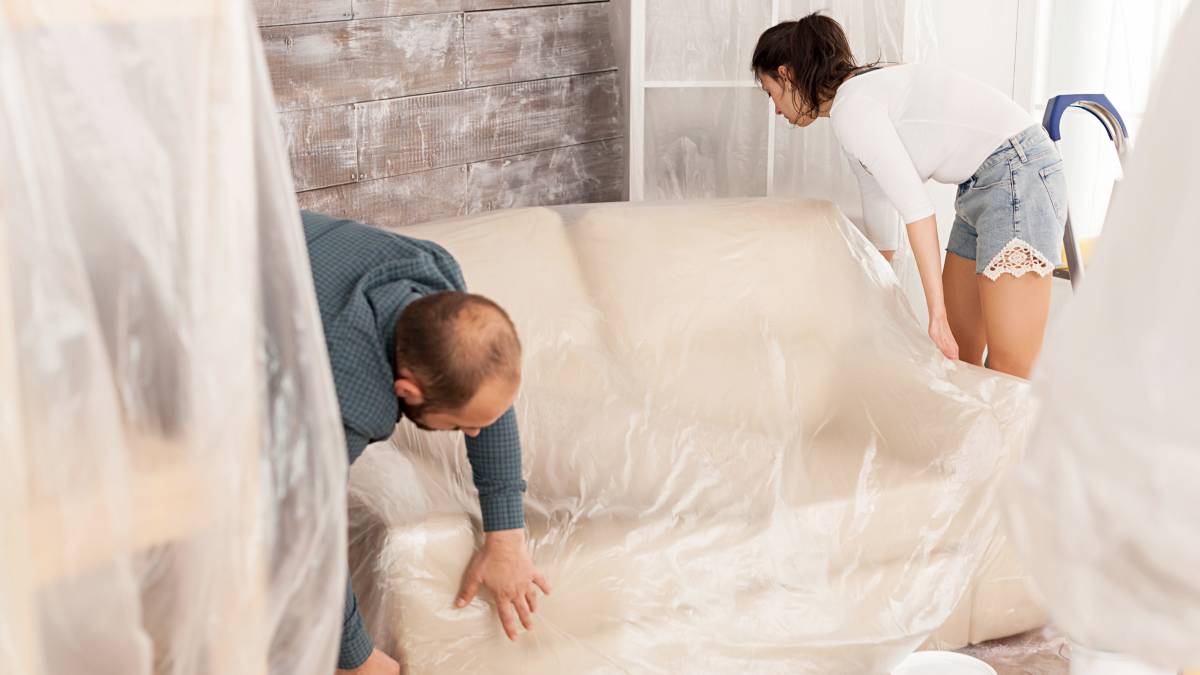
How to wrap furniture for moving
Read more
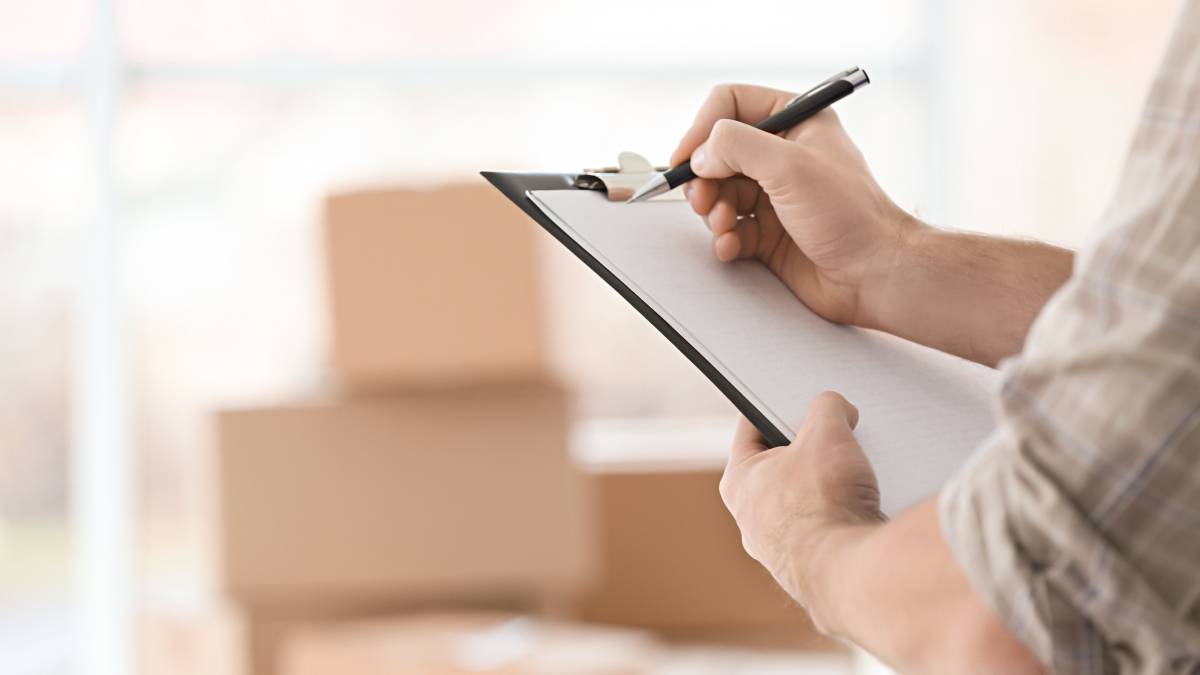
What moving companies won’t move
Read more
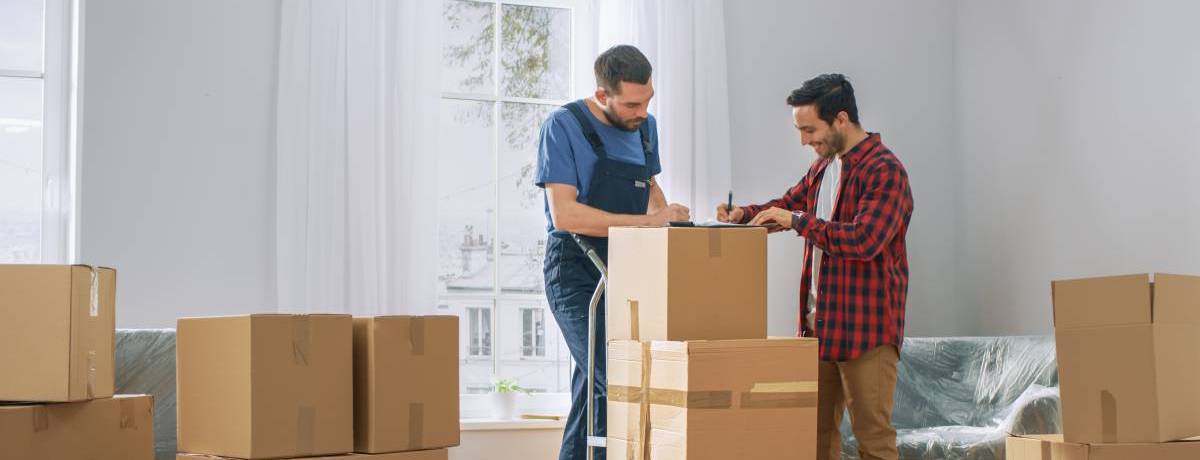
A guide to becoming a removalist
Read more
Related price guides
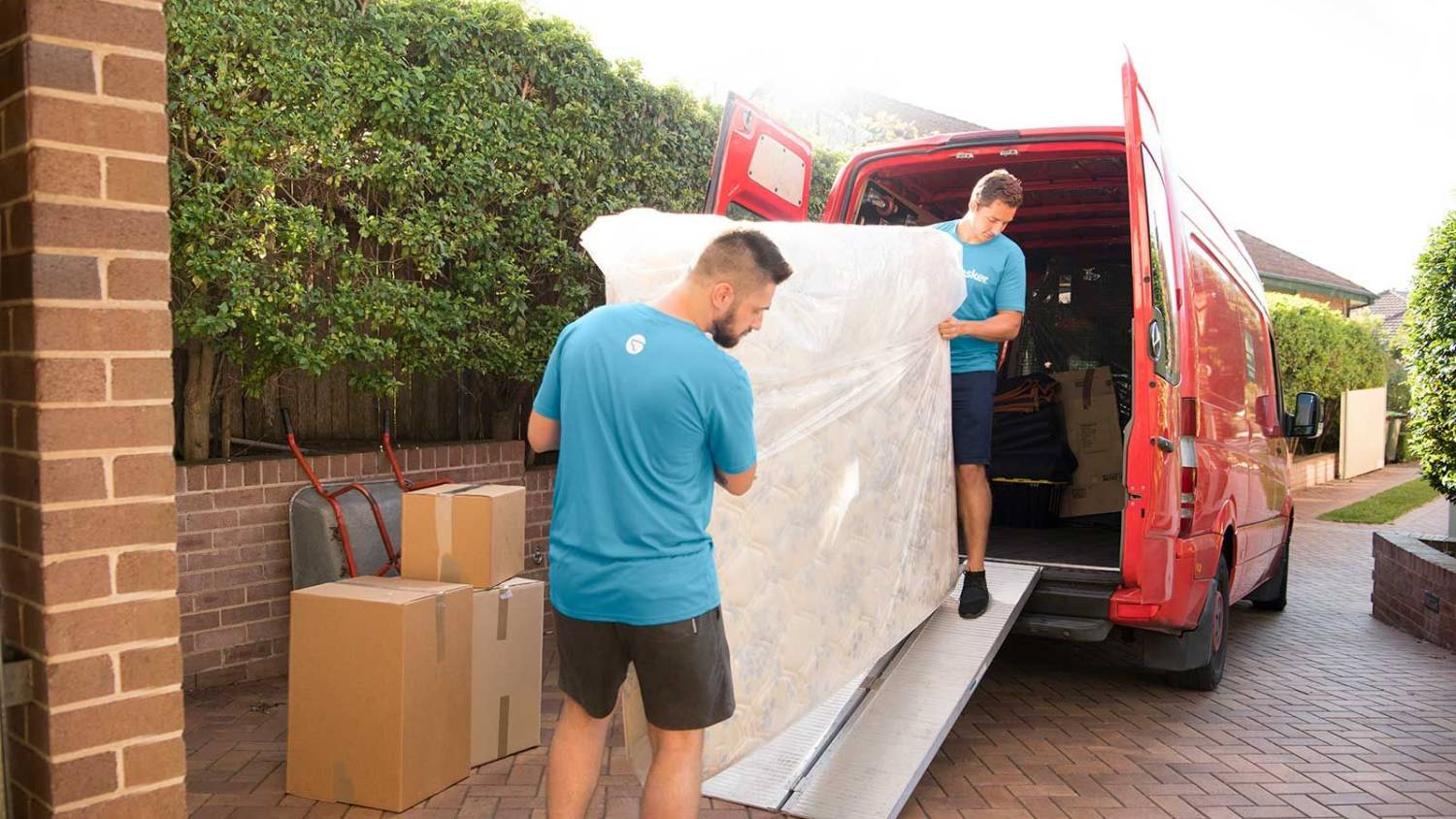
How much does it cost to move house?
Read more
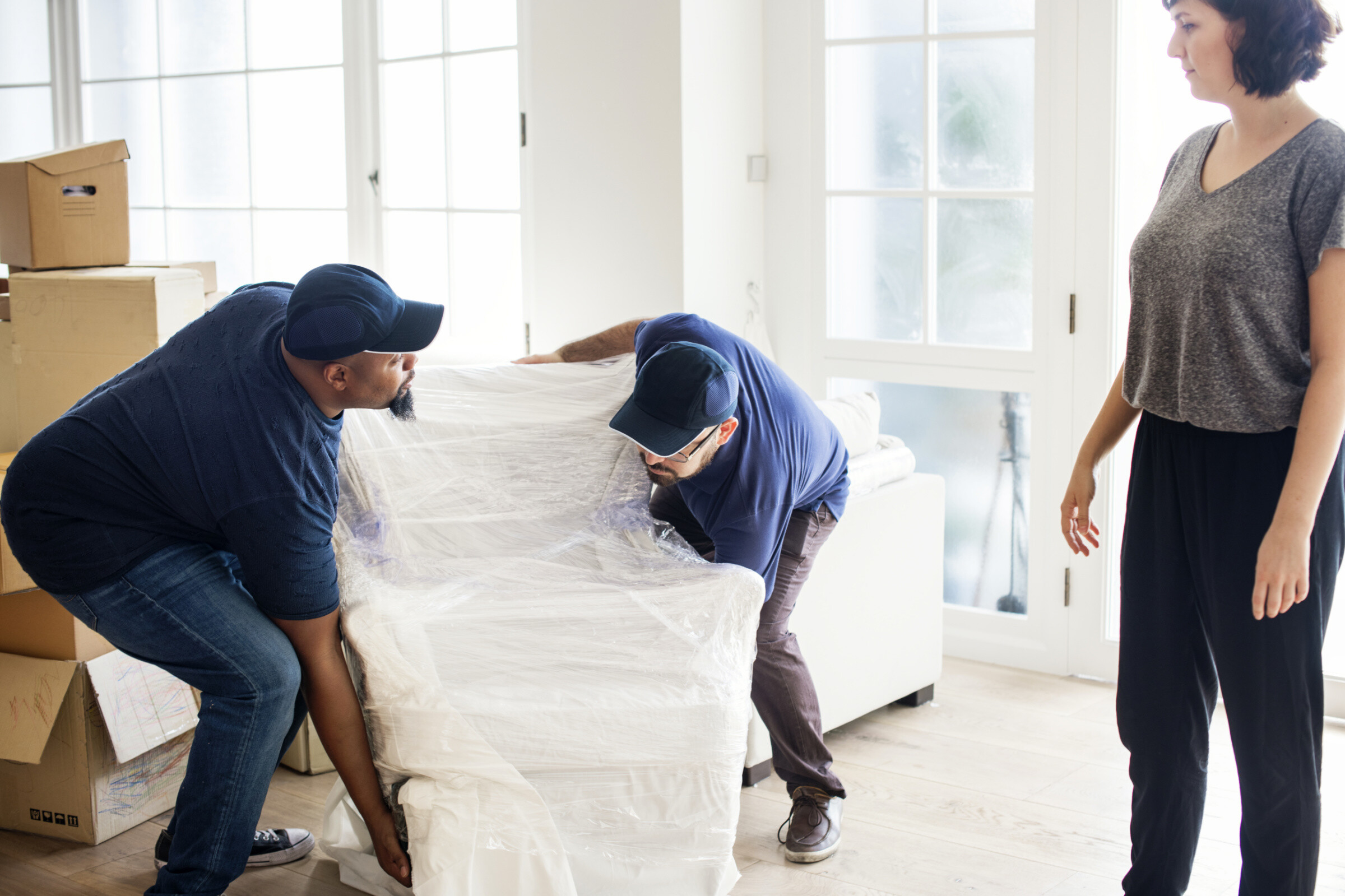
How much does it cost to move house?
Read more
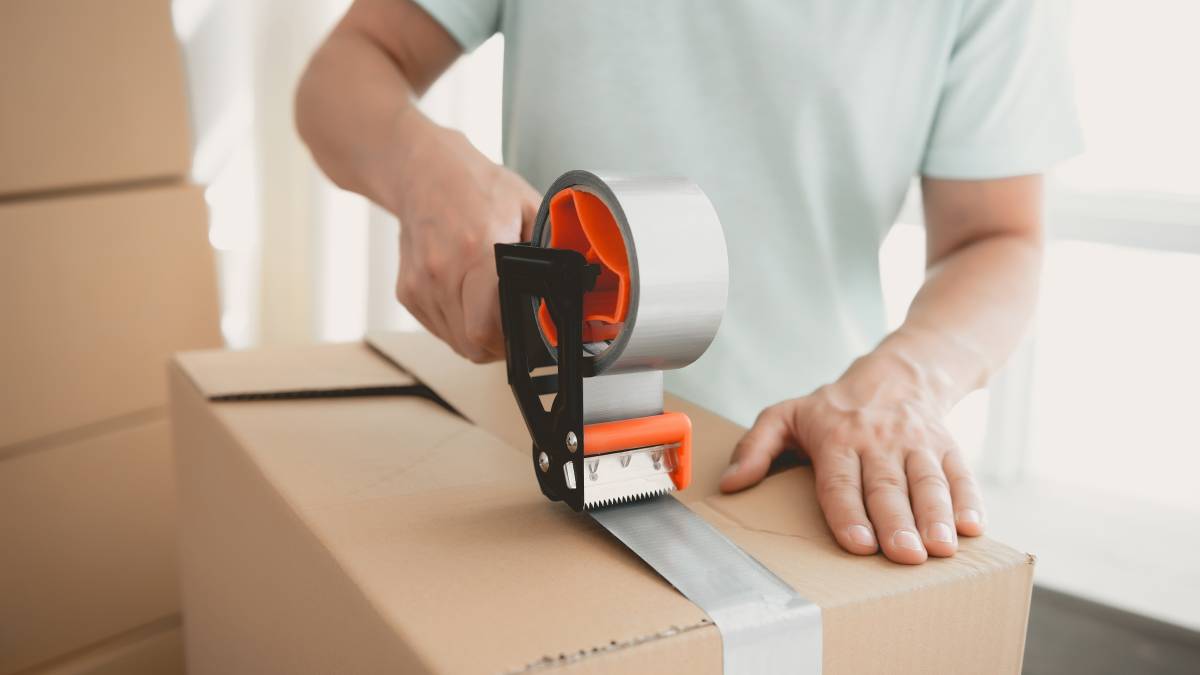
How much do packers cost?
Read more
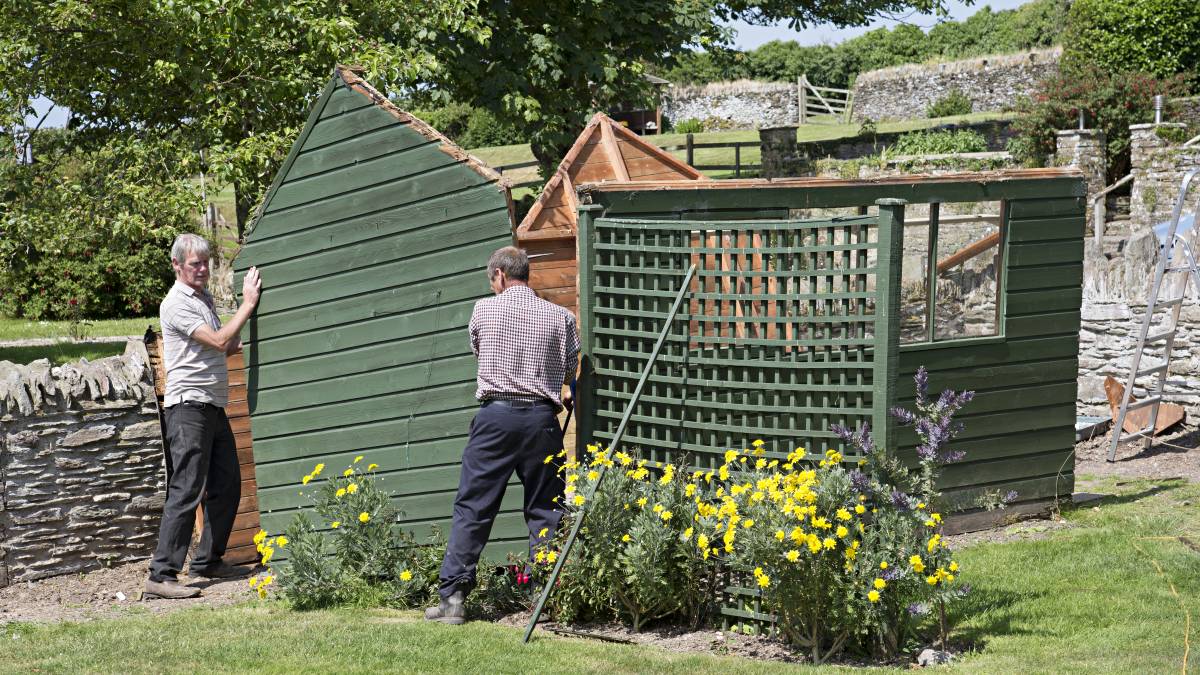
How much does shed removal cost?
Read more

How much does piano moving cost?
Read more
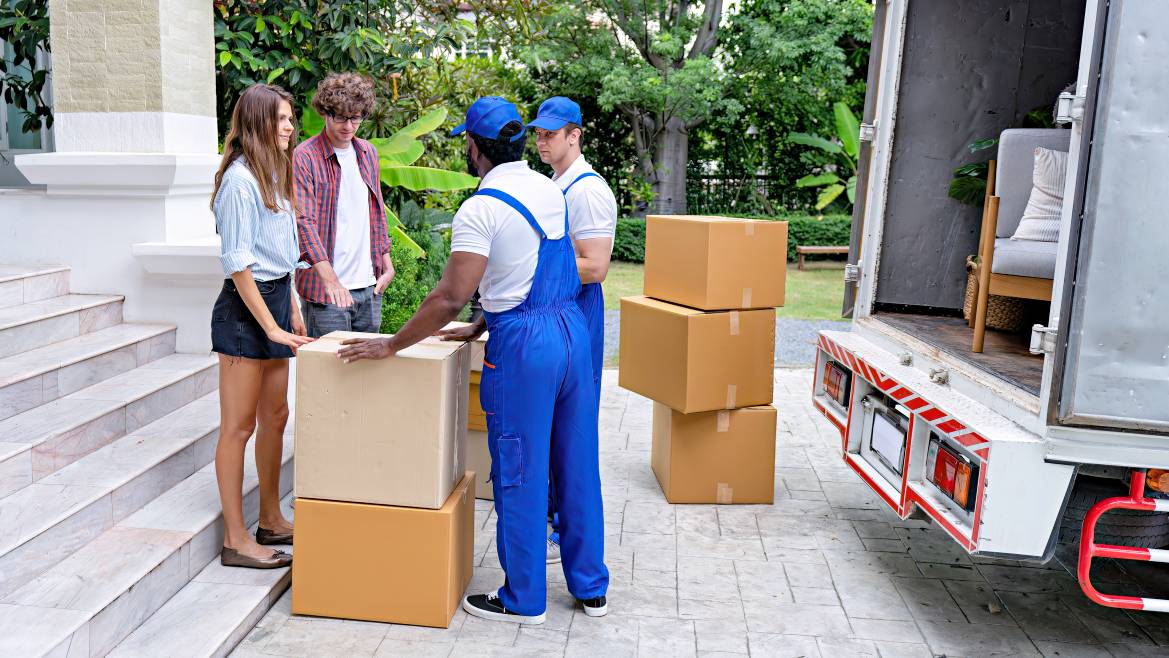
How much do removals cost?
Read more
